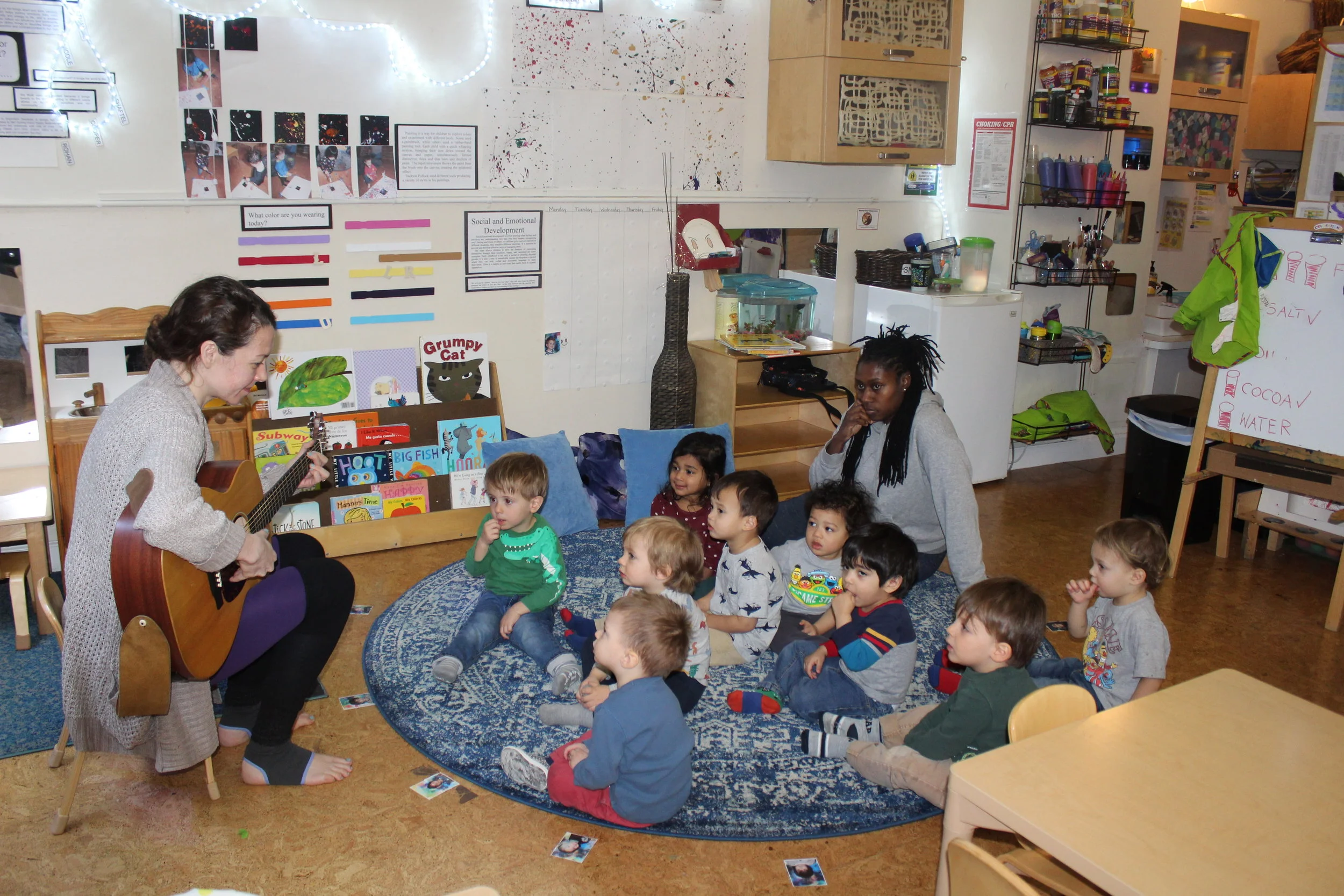Books we read:
The Dot
It’s Okay to be Different
How Do You Hug a Porcupine
Goodnight, Goodnight, Construction Site
Chicka Chicka Boom Boom
We’re Going on a Bear Hunt
Llama Llama Time to Share
Where Do Diggers Sleep at Night
I will be Okay
How do I Feel?
Donde est la Oveja Verde?
These were among some of the books we read to the children. The children have been enjoying listening to many of the new books. We also sang a variety of songs.
Highlights of the Week:
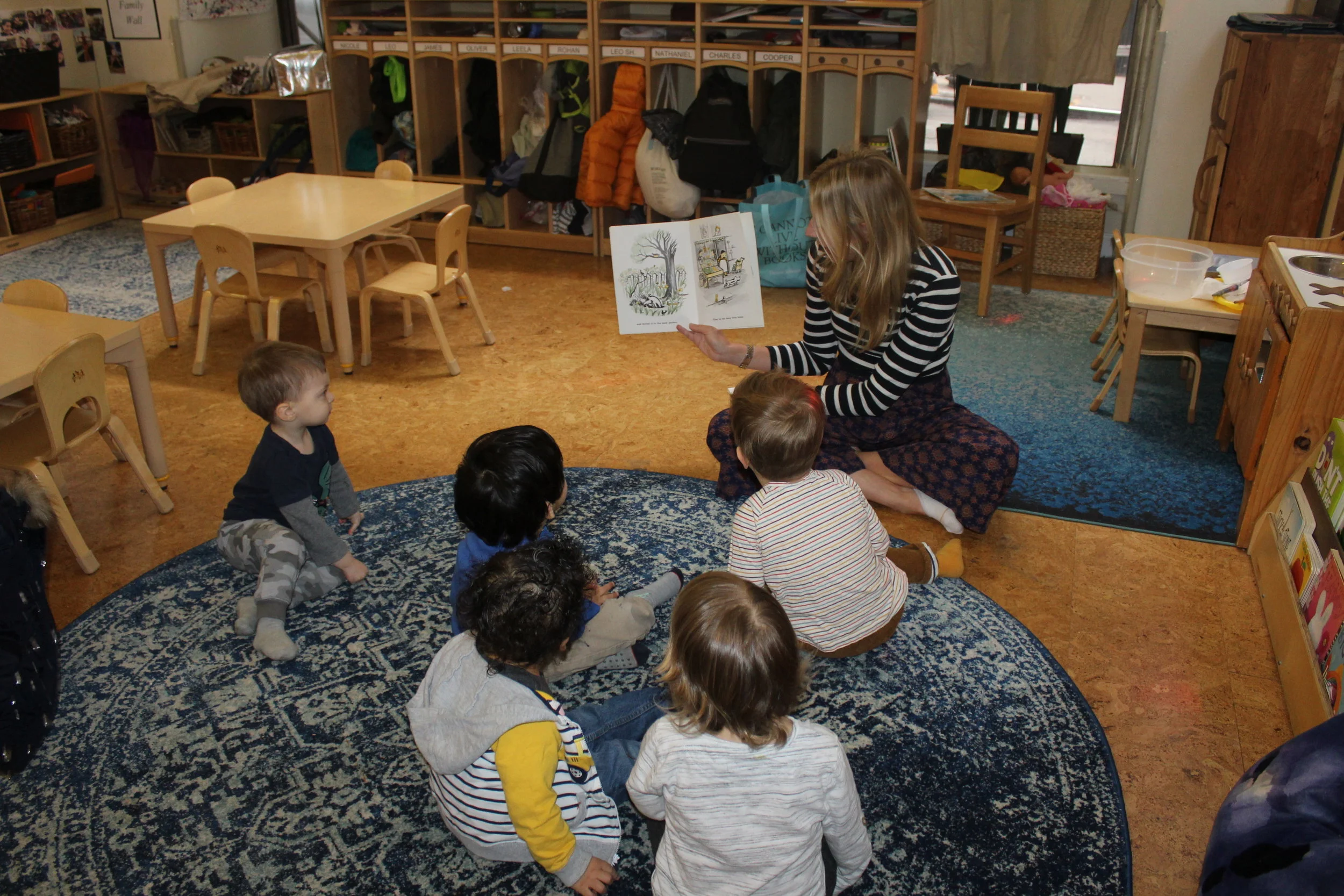
Leo’s mom, Flora read to the children, Harry the Dirty Dog. They all seemed interested as she read the pages.
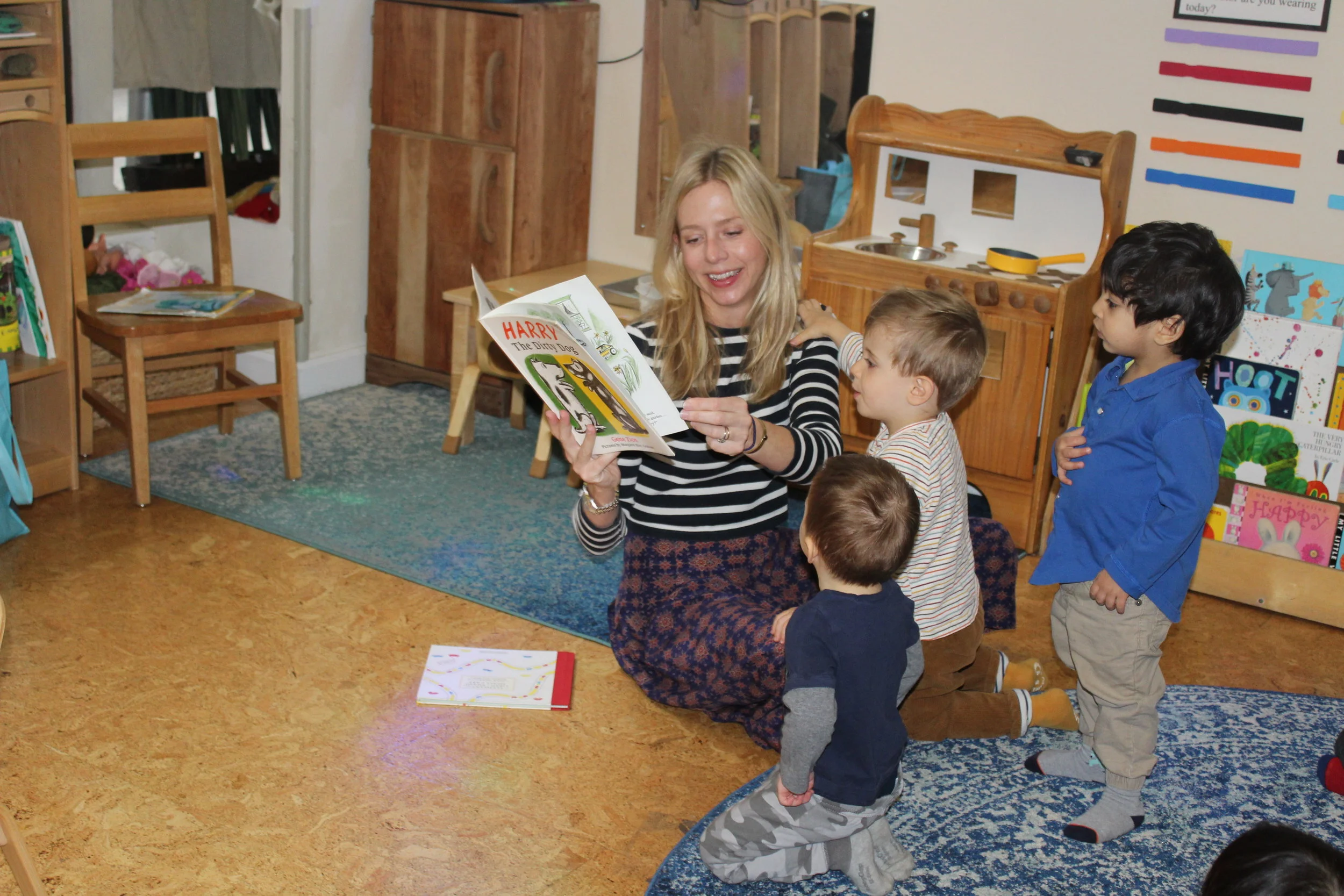
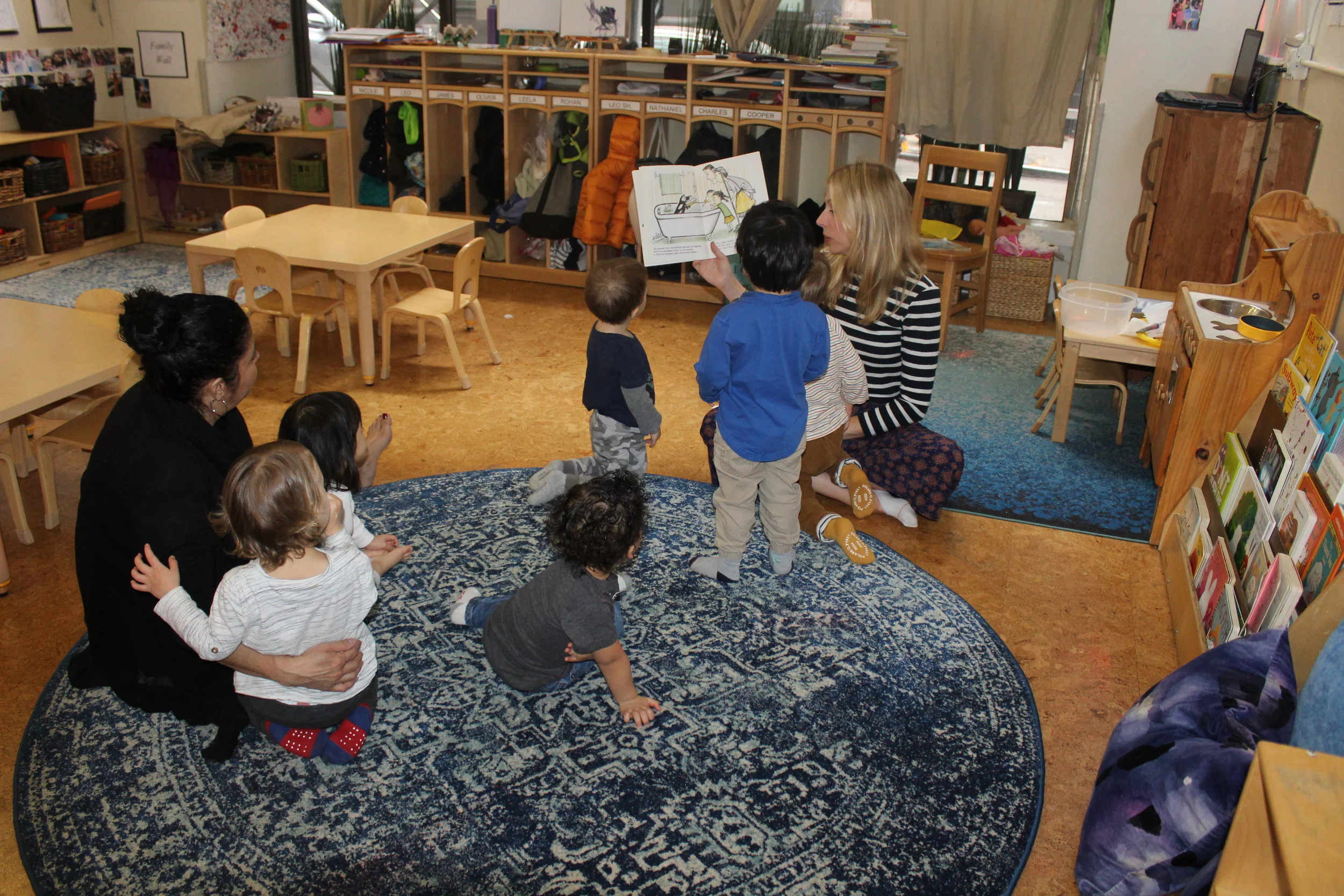
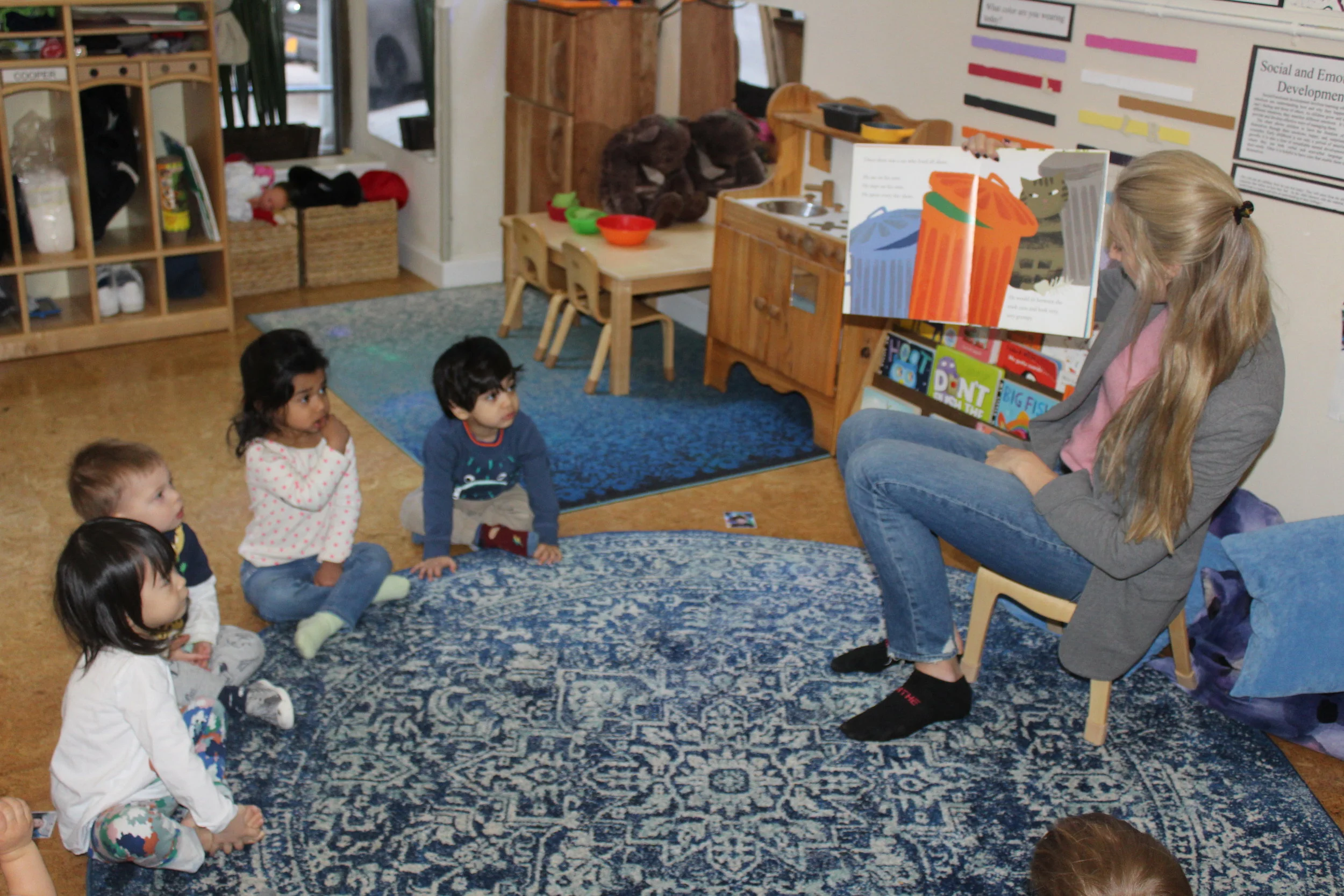
James mother, Adriann, read to the children. Thank you!! I enjoy watching children observe and listen to other adults reading to them. Reading aloud presents books as sources of pleasant, valuable and exciting experiences.
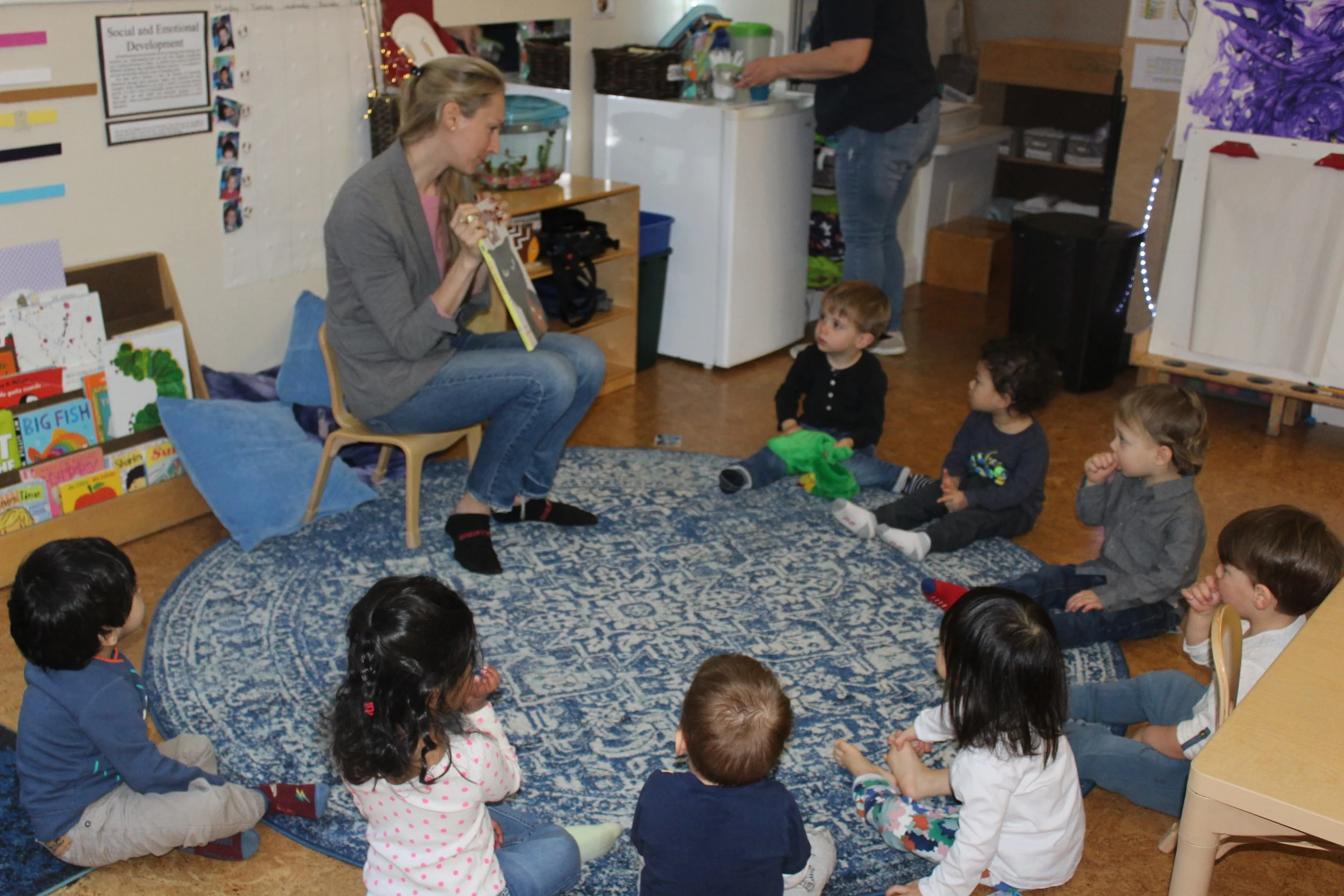
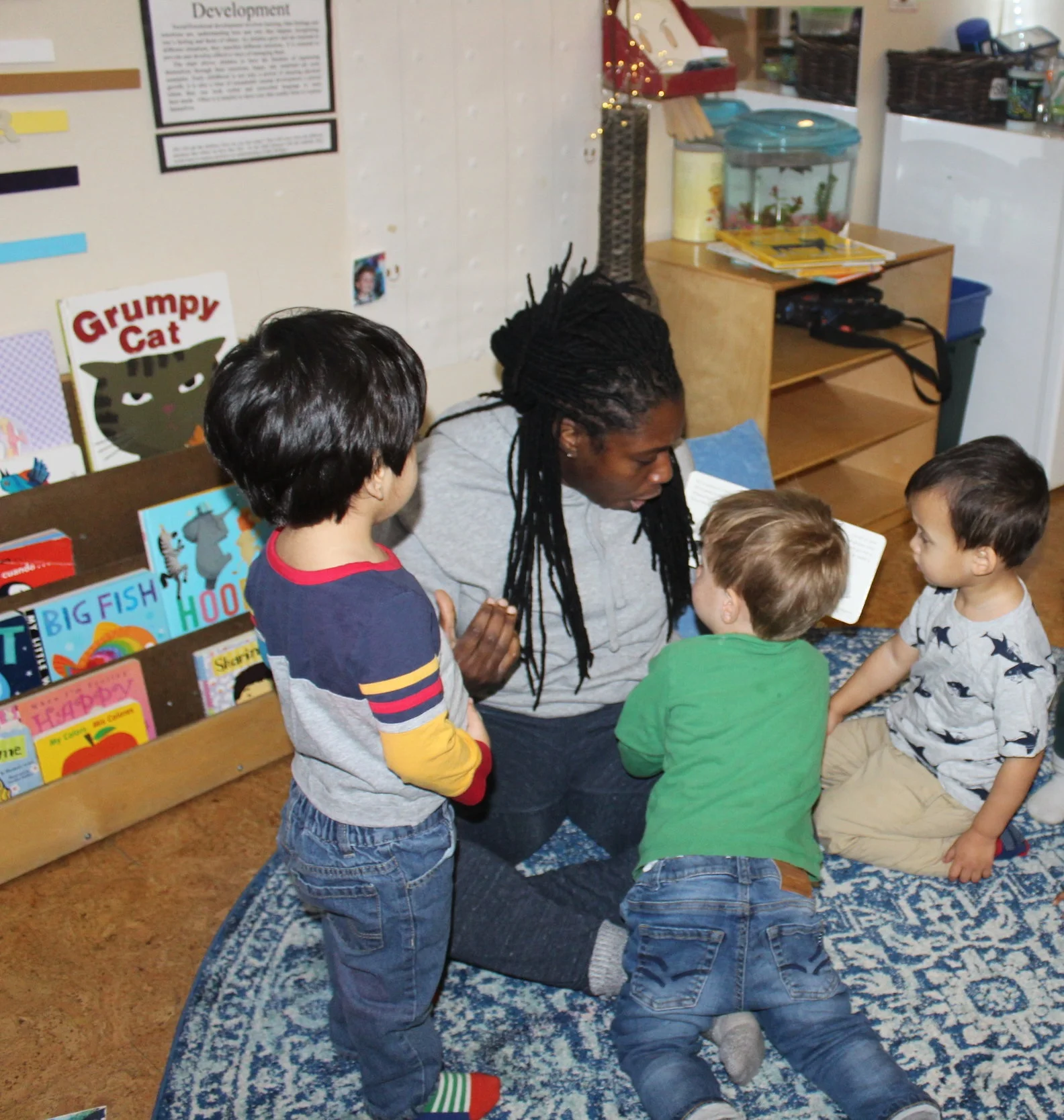
I am pleased to inform you that we will have an intern working with us every Thursday morning!
Circle Time:
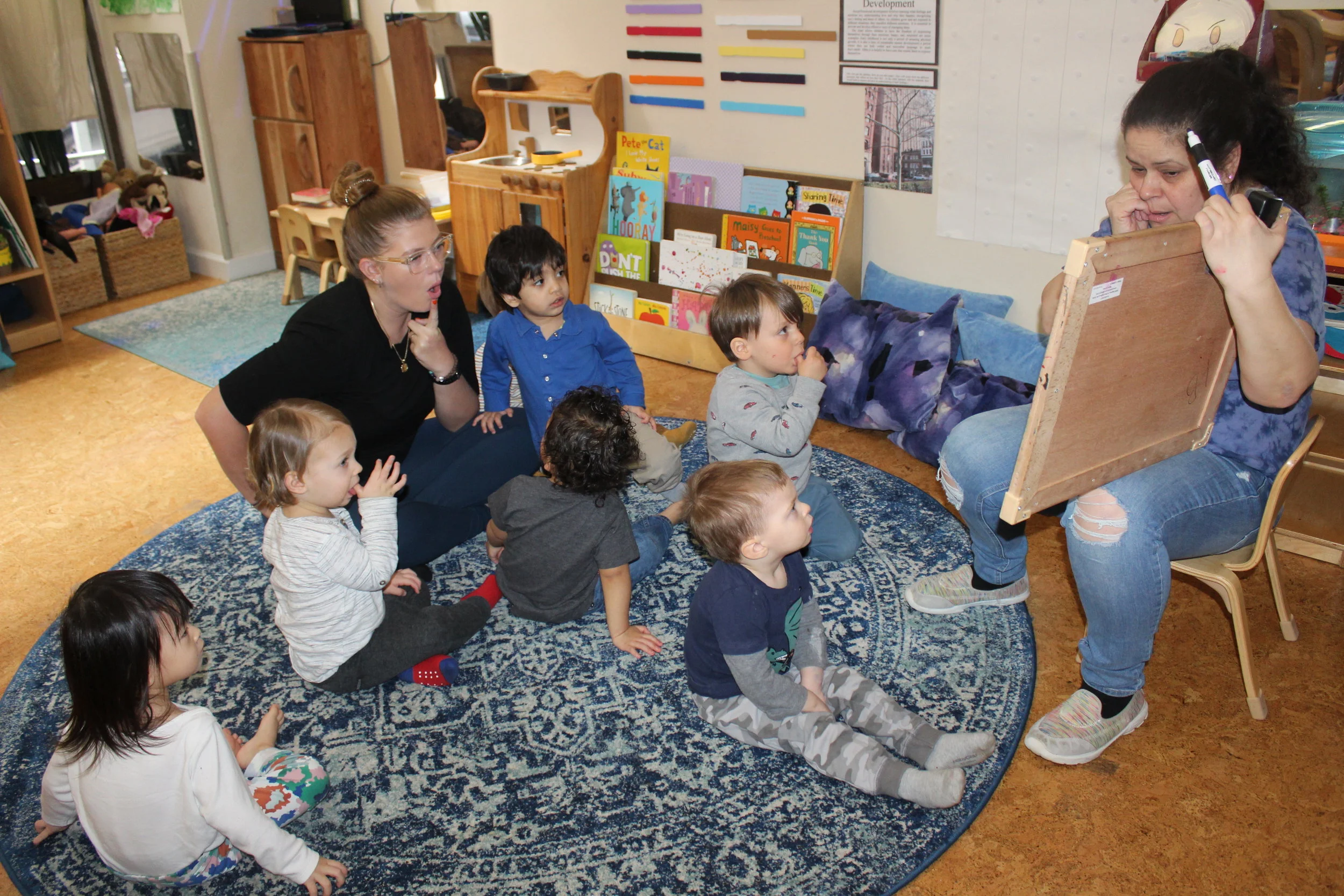
During each circle time, we like to implement something educational, fun and interactive for the children. We also use circle time as a time to reflect on the materials we have learned or are learning. Many of the children are using their expressive language as we ask questions. Their voice is important in our classroom community.
We have children that have similarities and differences as they develop ideas. We often create a story from their ideas by drawing on an erasable board; for example, a story about firefighters trying to put out a fire, or the five little monkeys jumping on the bed and singing the song as we look at the drawing. It builds language and cognitive development.
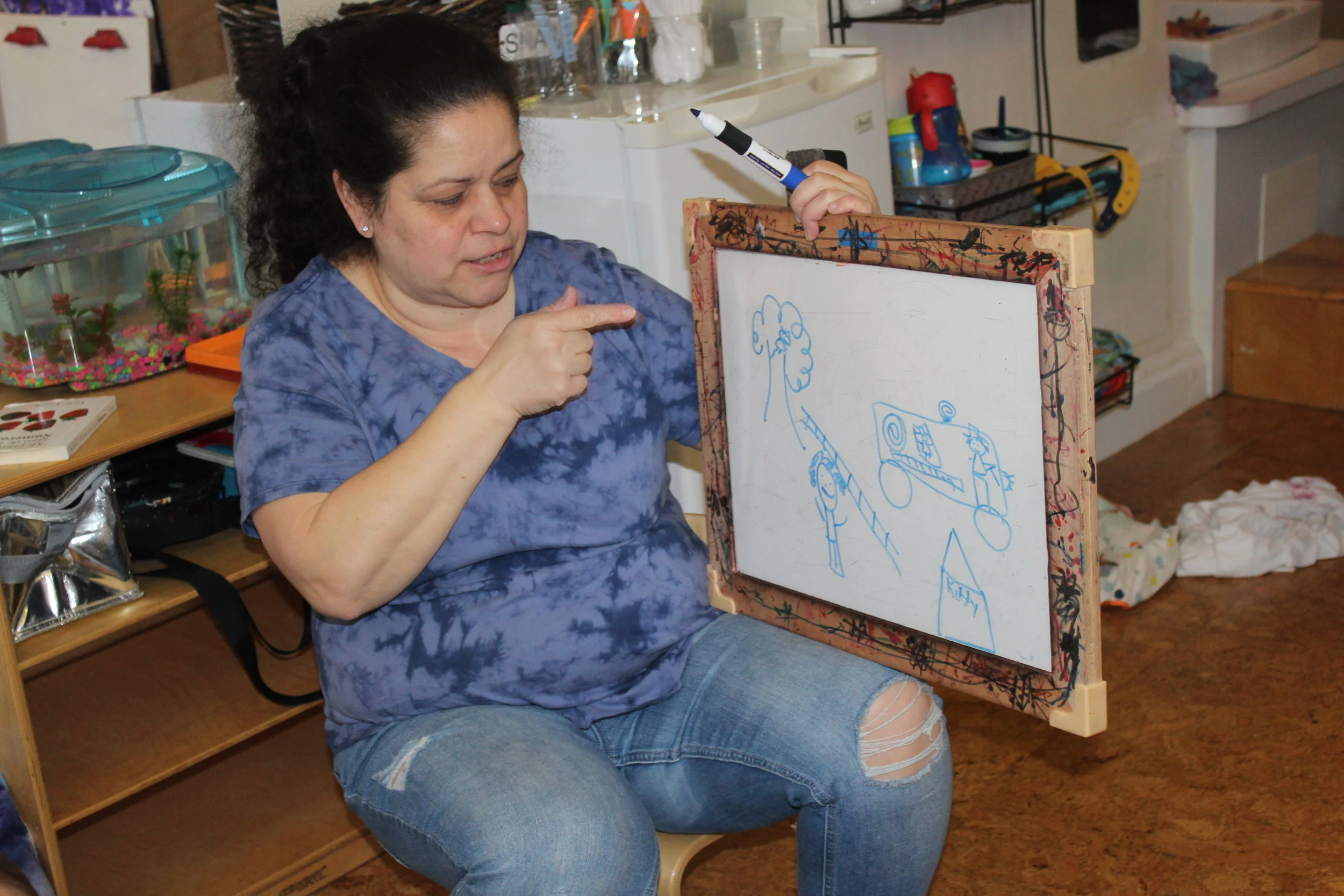
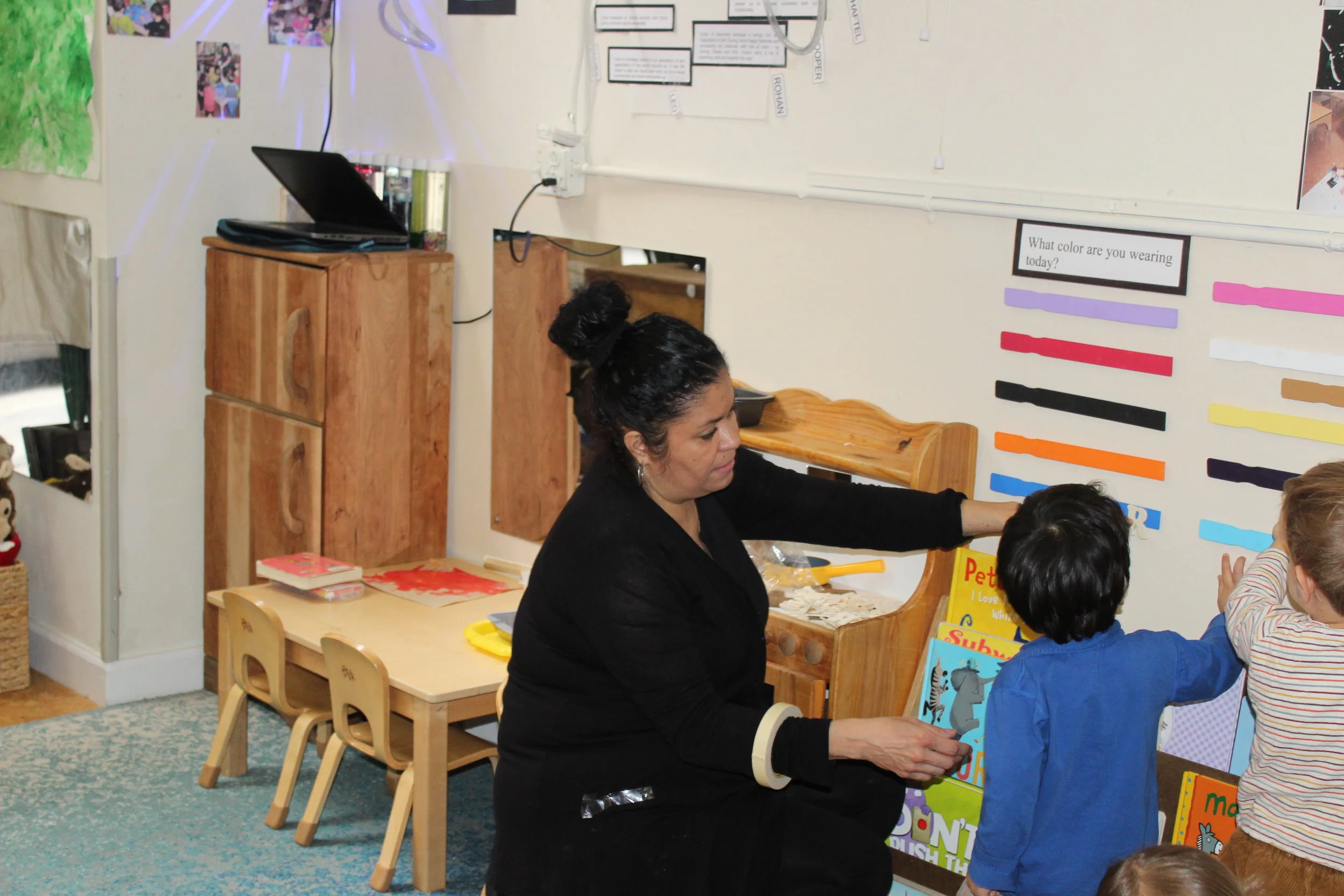
During the week we asked the children, "What color are you wearing today?" They immediately look at their clothes and articulate a color or colors, but only one can be selected. They are going to look for the first letter of their name and place it on the color. The activity promotes color and letter recognition.
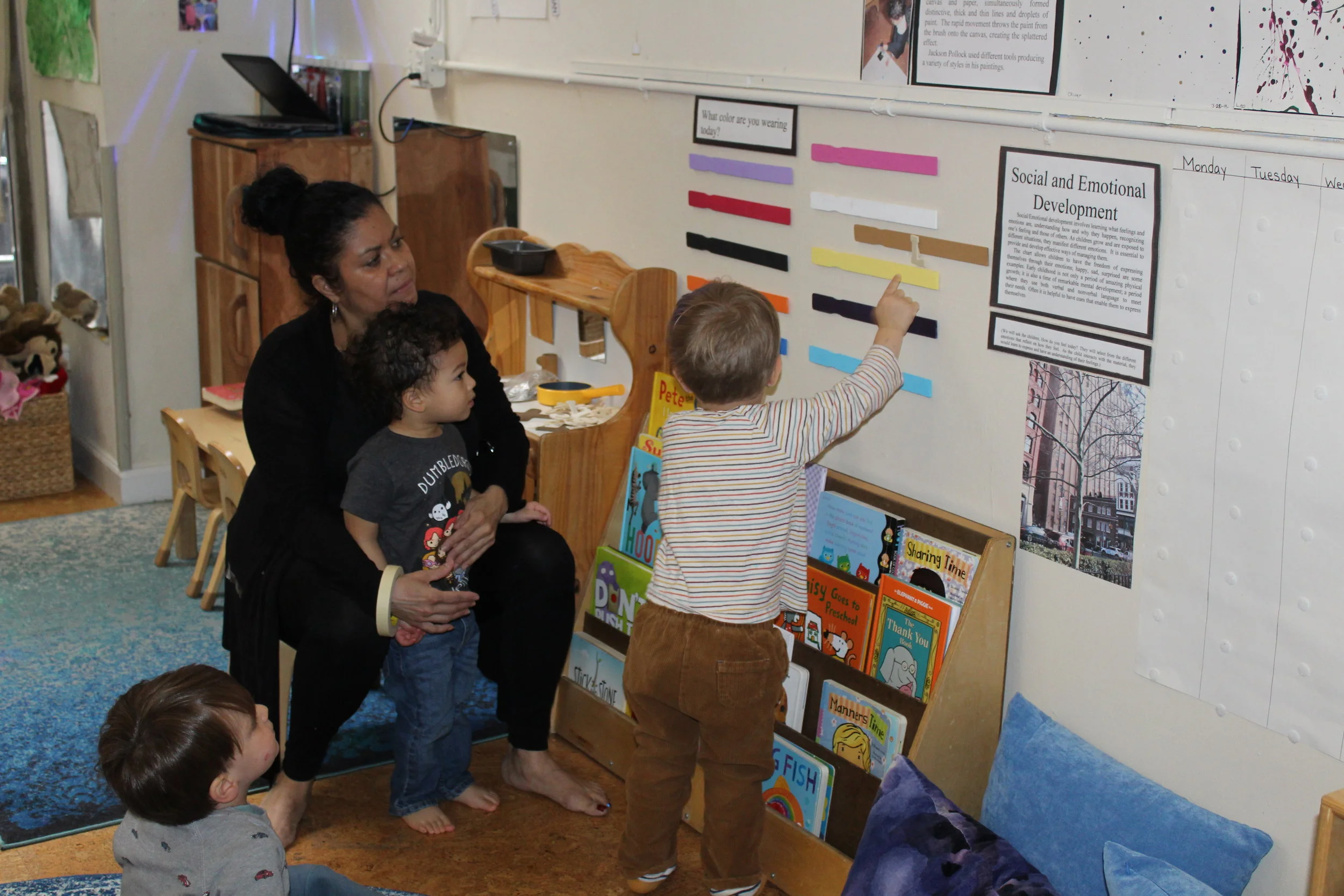
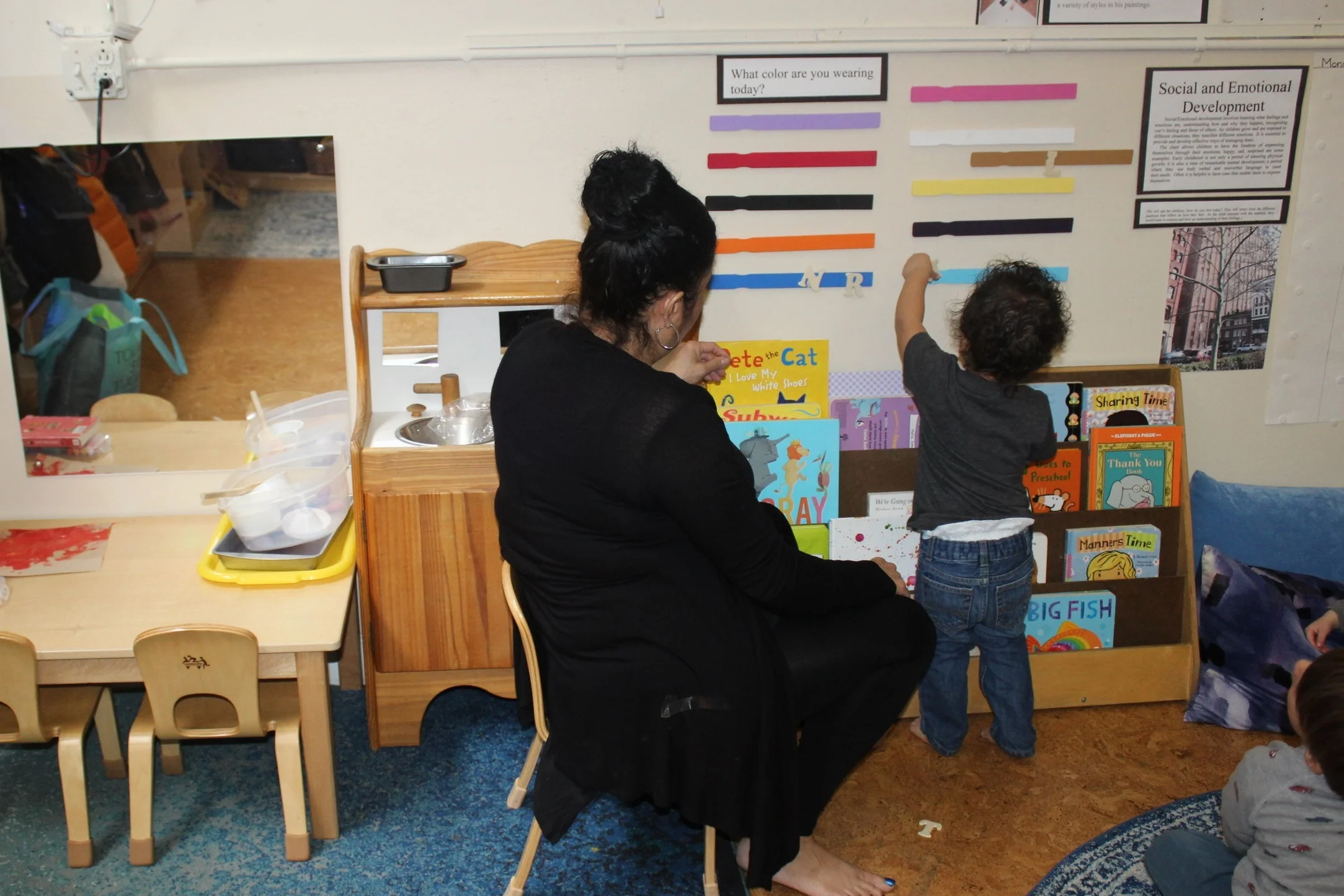
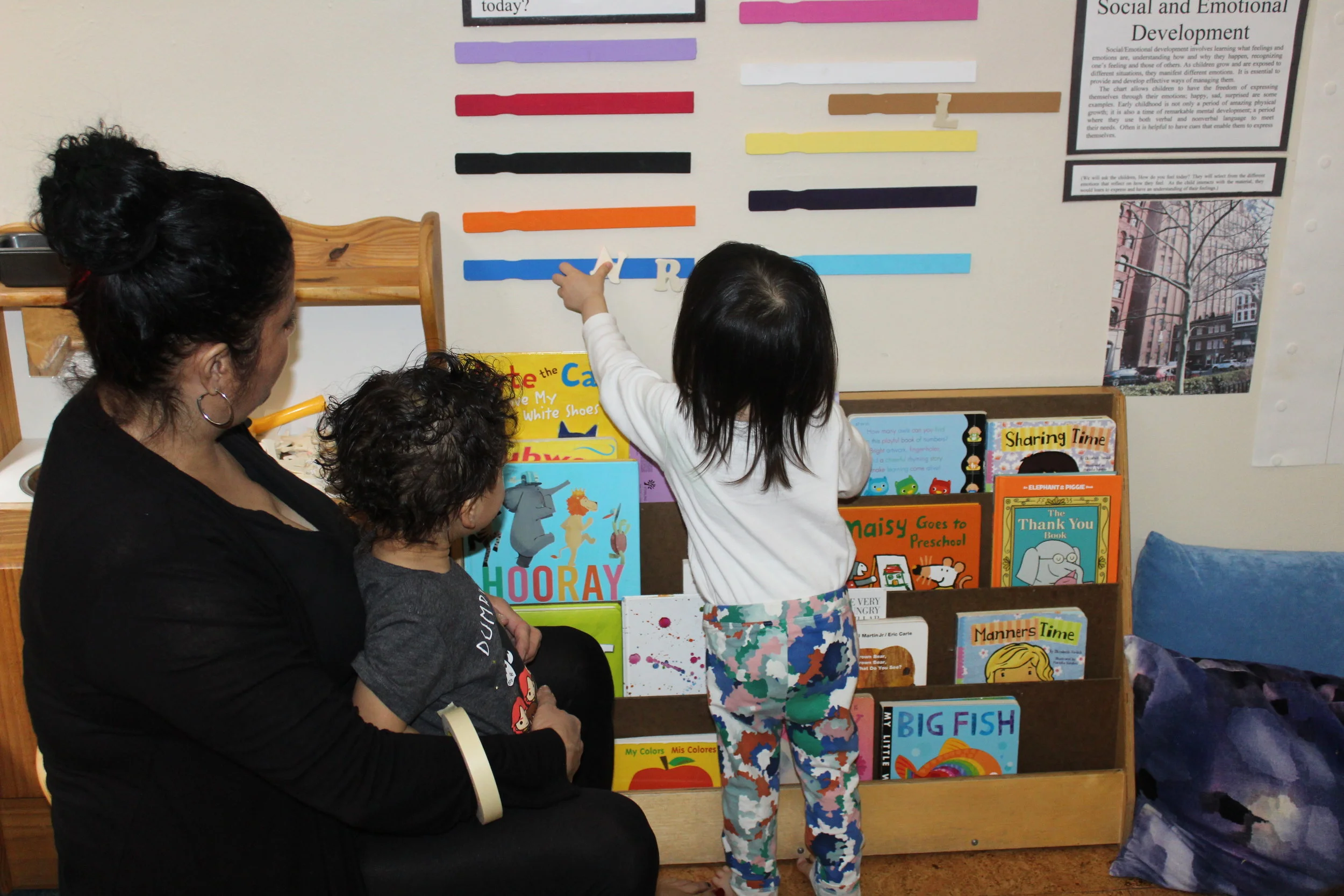
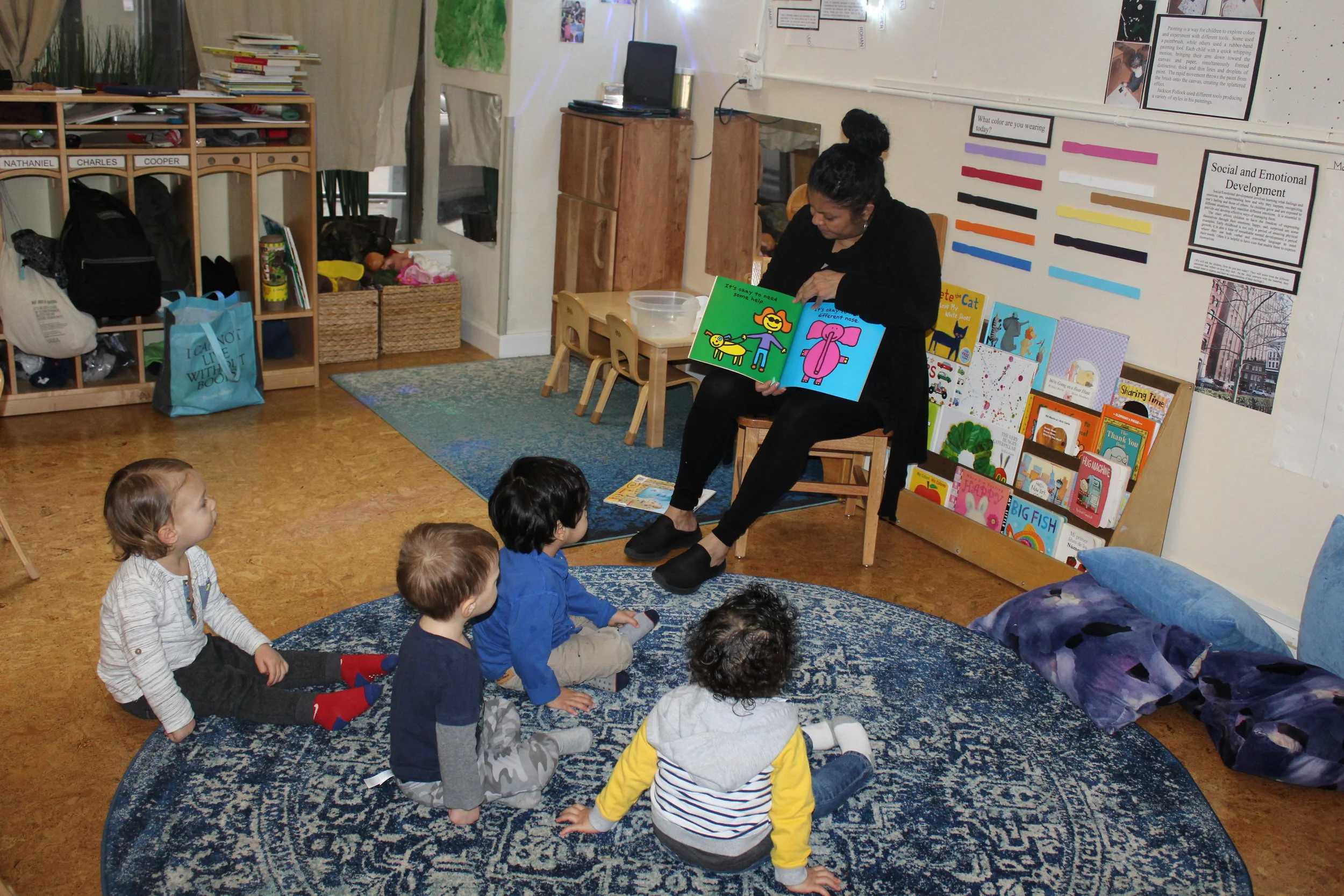
The children are enjoying listening to the new books we received from our wish list.
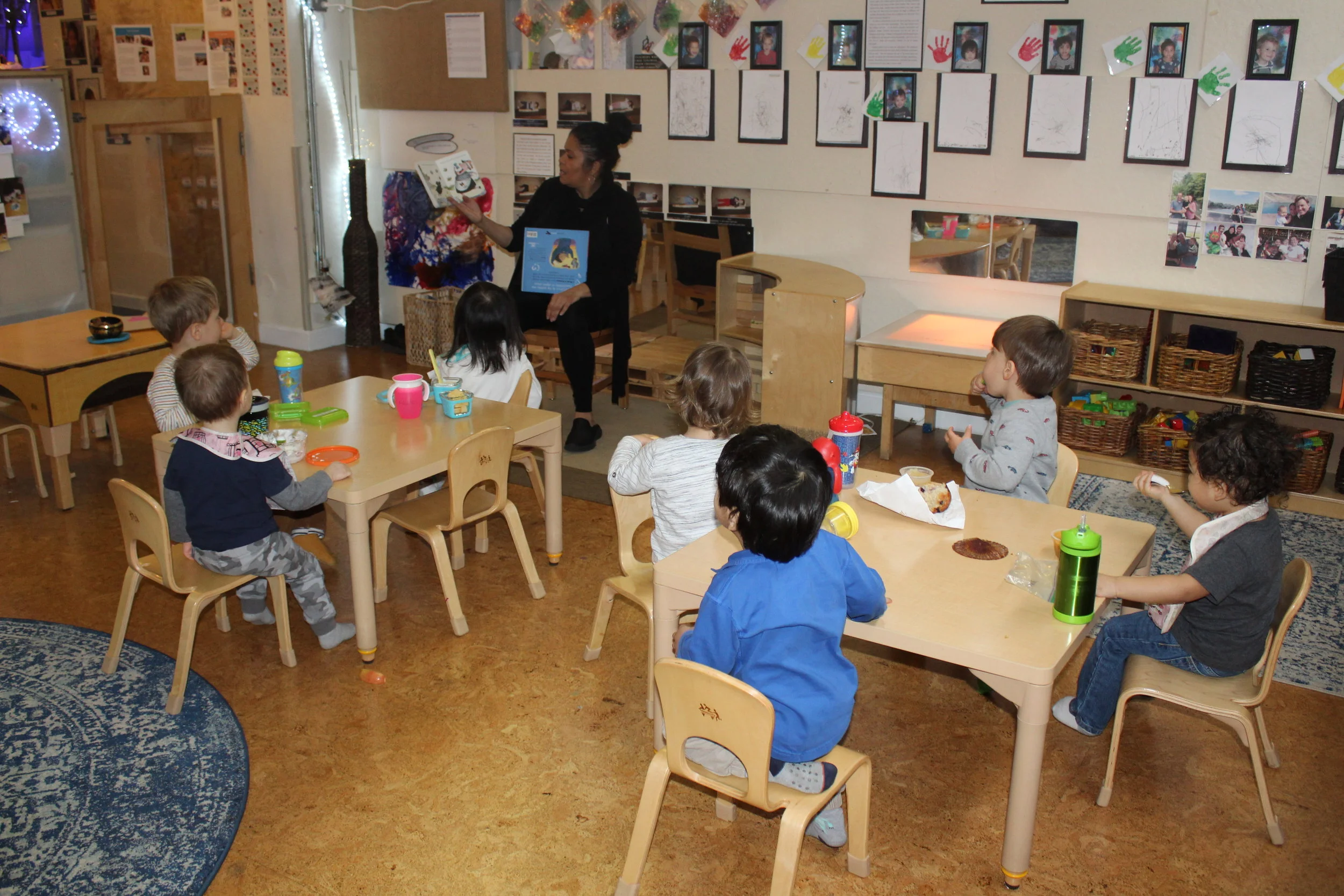
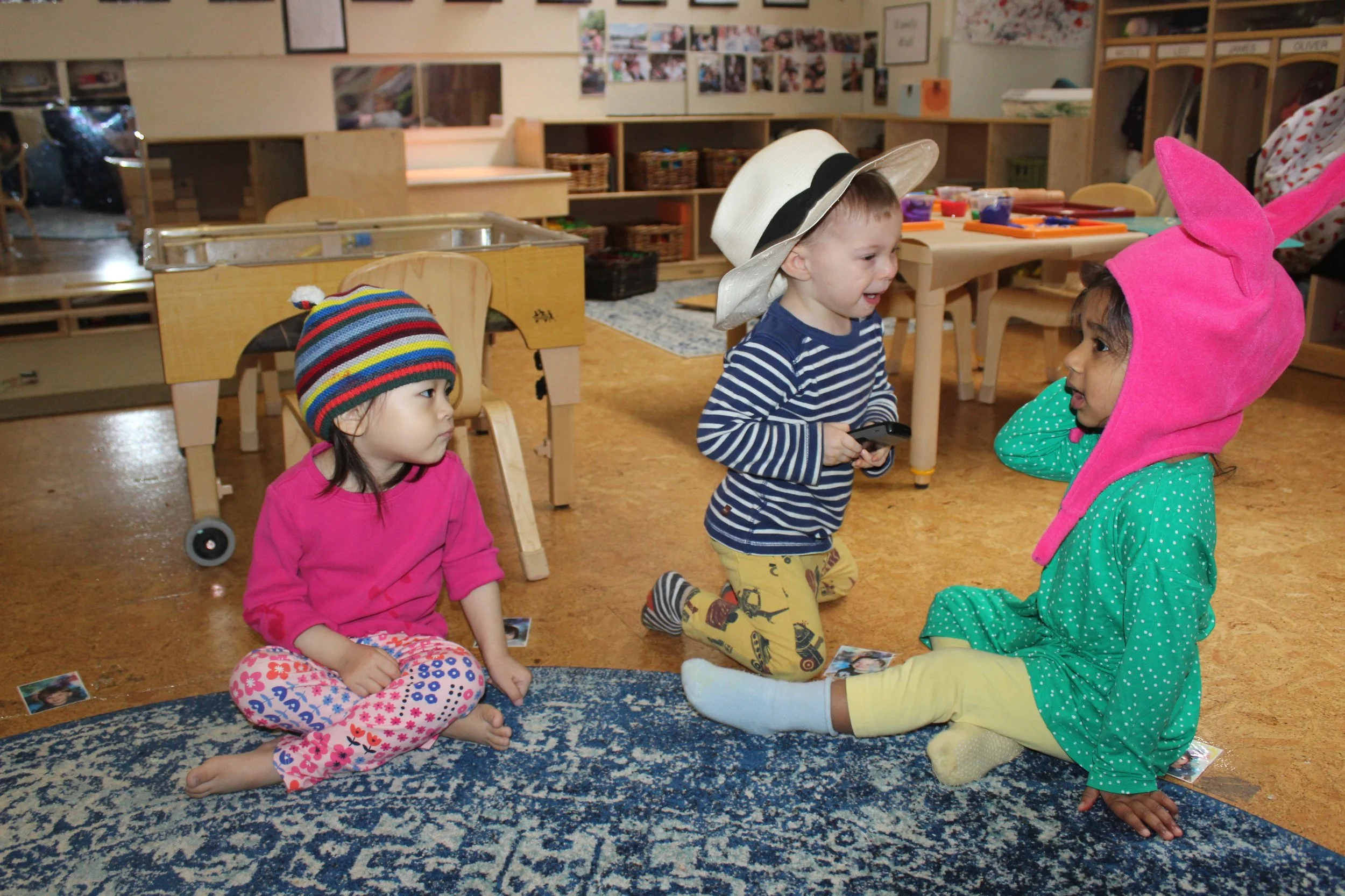
The children enjoyed wearing different hats for literacy week. Some hats will be available for them to use all the time. Children enjoy dressing up in costumes and engaging in dramatic role-playing. Whether your child is a dragon, a princess, or wears a big hat, using a telephone, and pretending to speak to someone, your child’s brain is going into high gear when he/she puts on a costume! Playing is the work of the child, and children benefit cognitively, physically, socially, and emotionally through dress-up play.
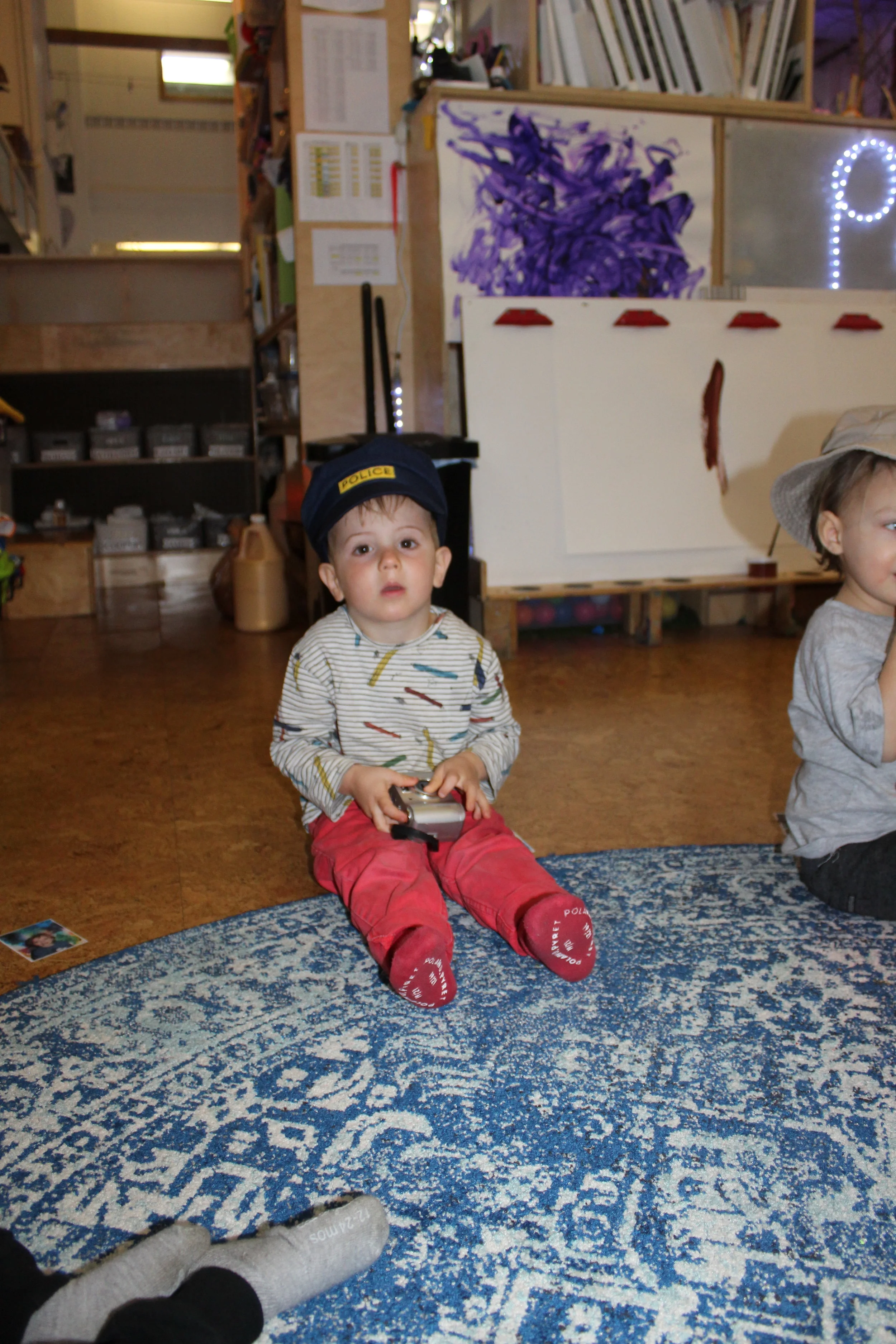
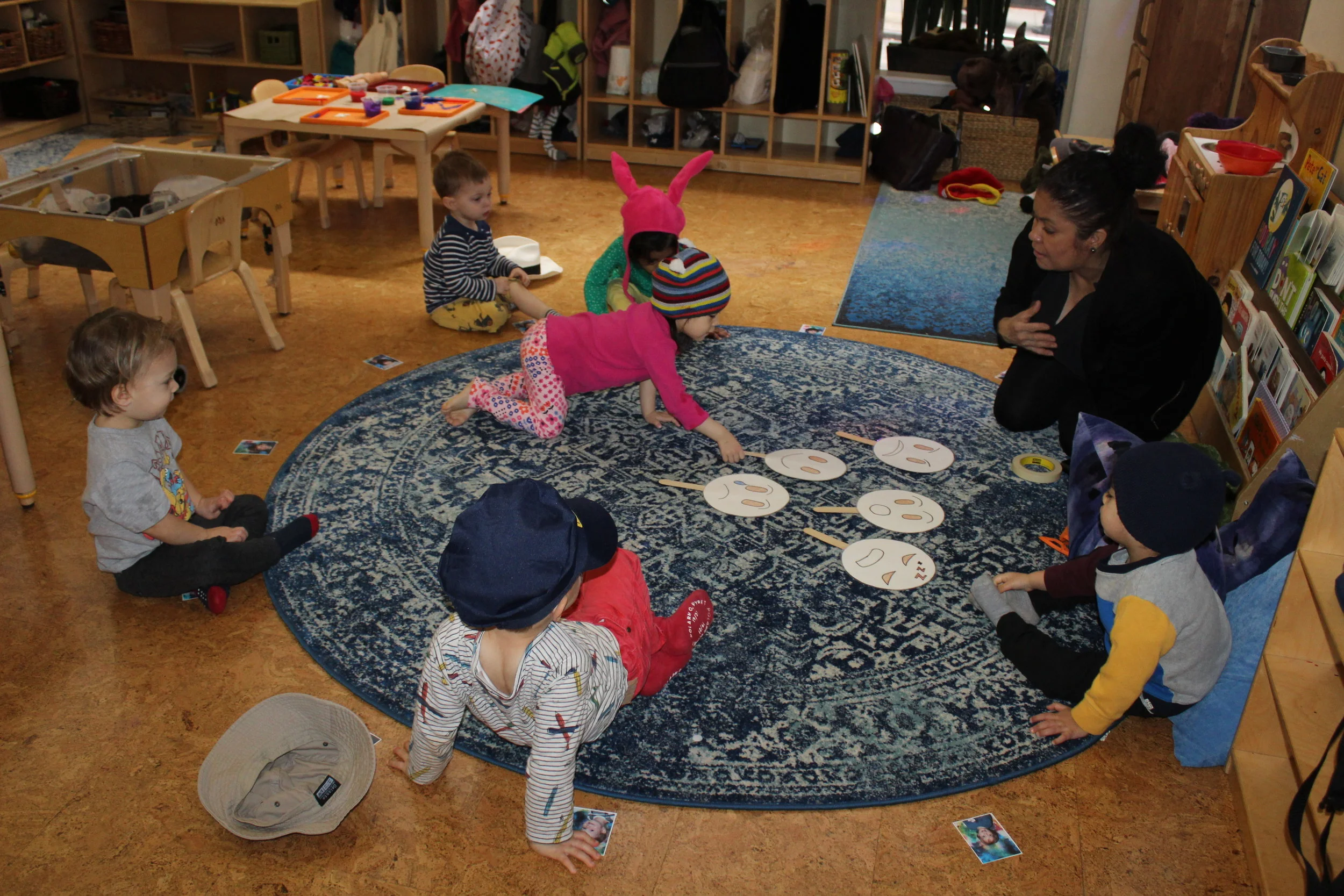
Through the different facial expressions, the children are identifying and articulating their emotions.
Art:
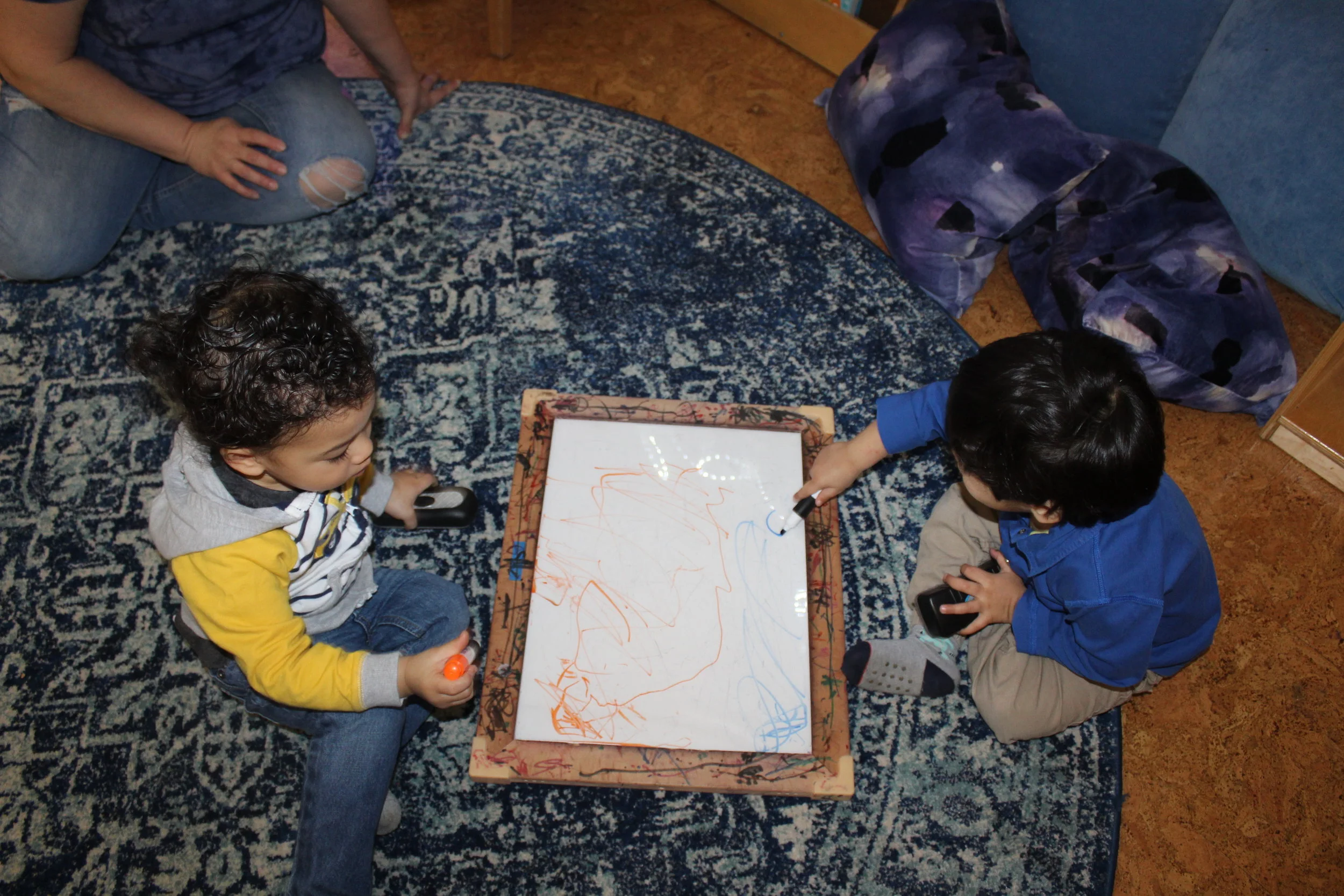
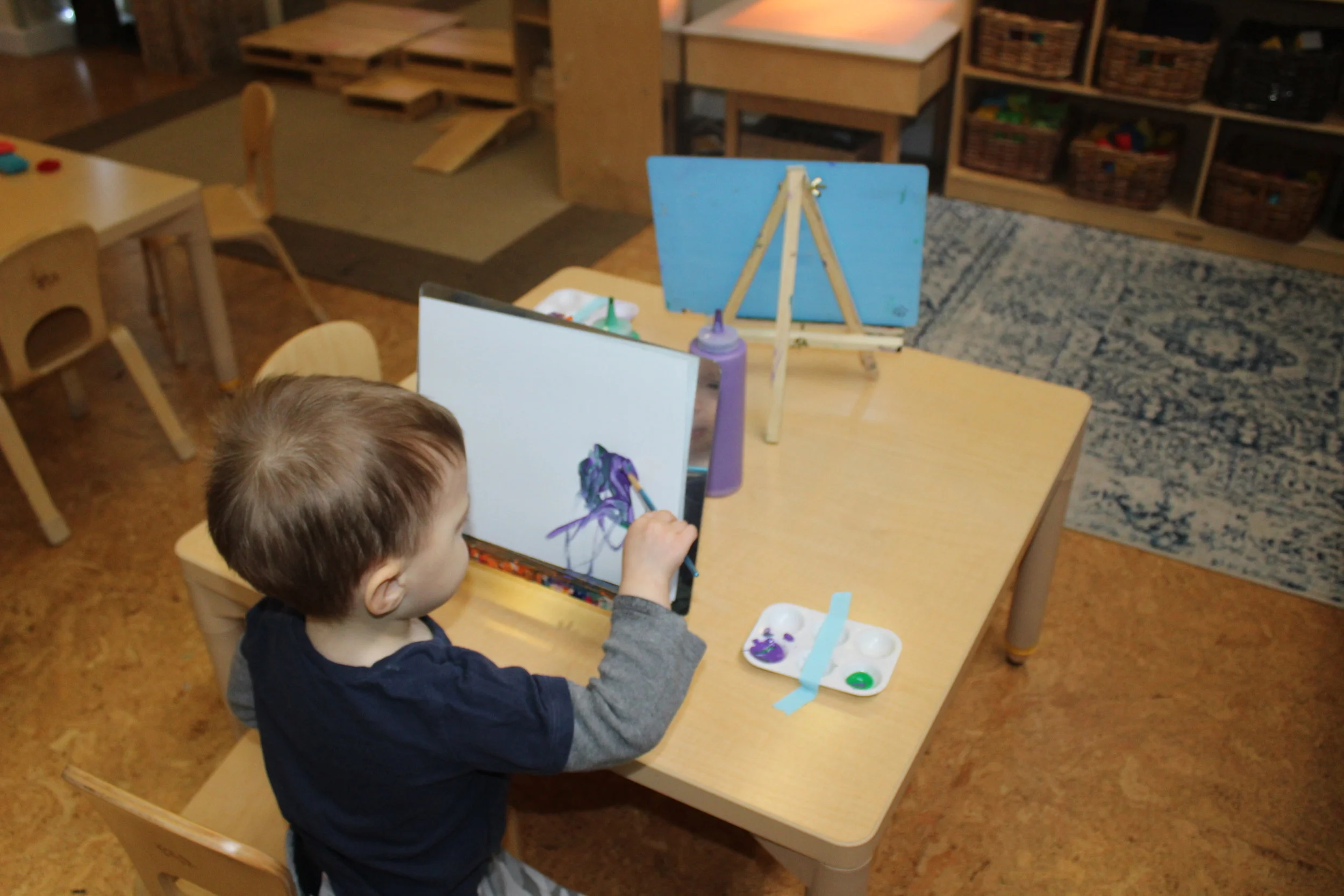
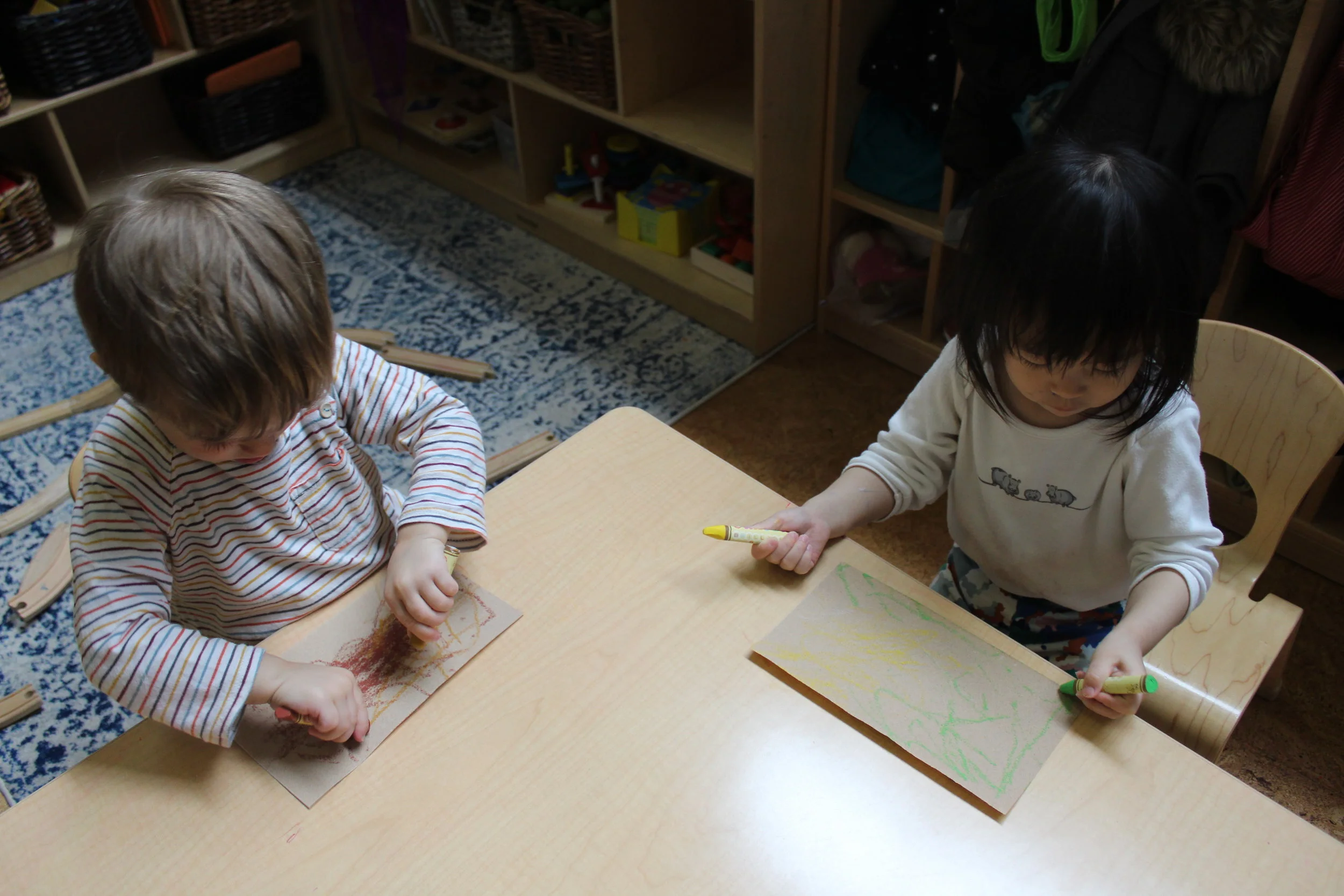
Exploring painting and drawing with sandpaper.
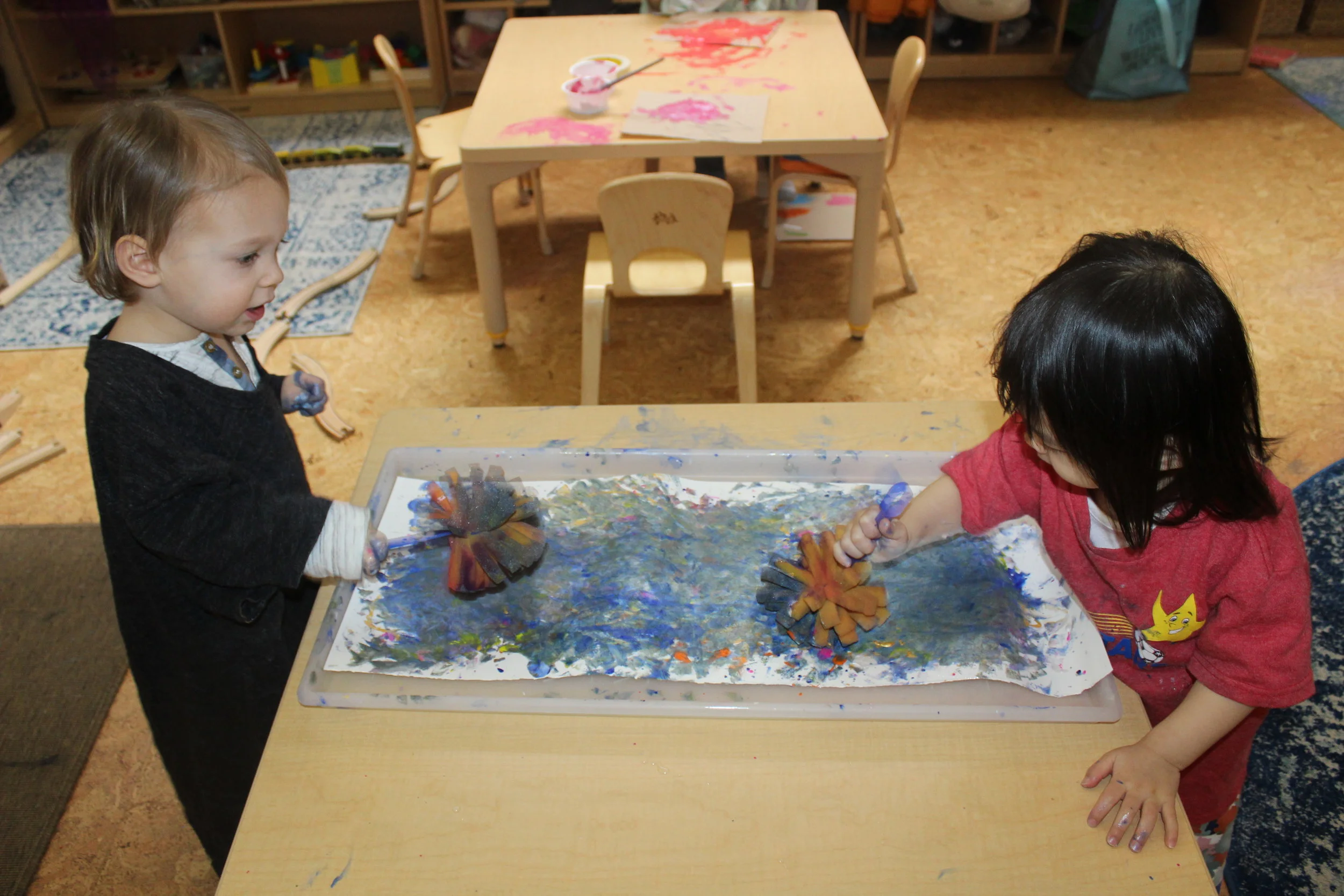
Nicole and Oliver were mixing colors using a sponge-like paintbrush.

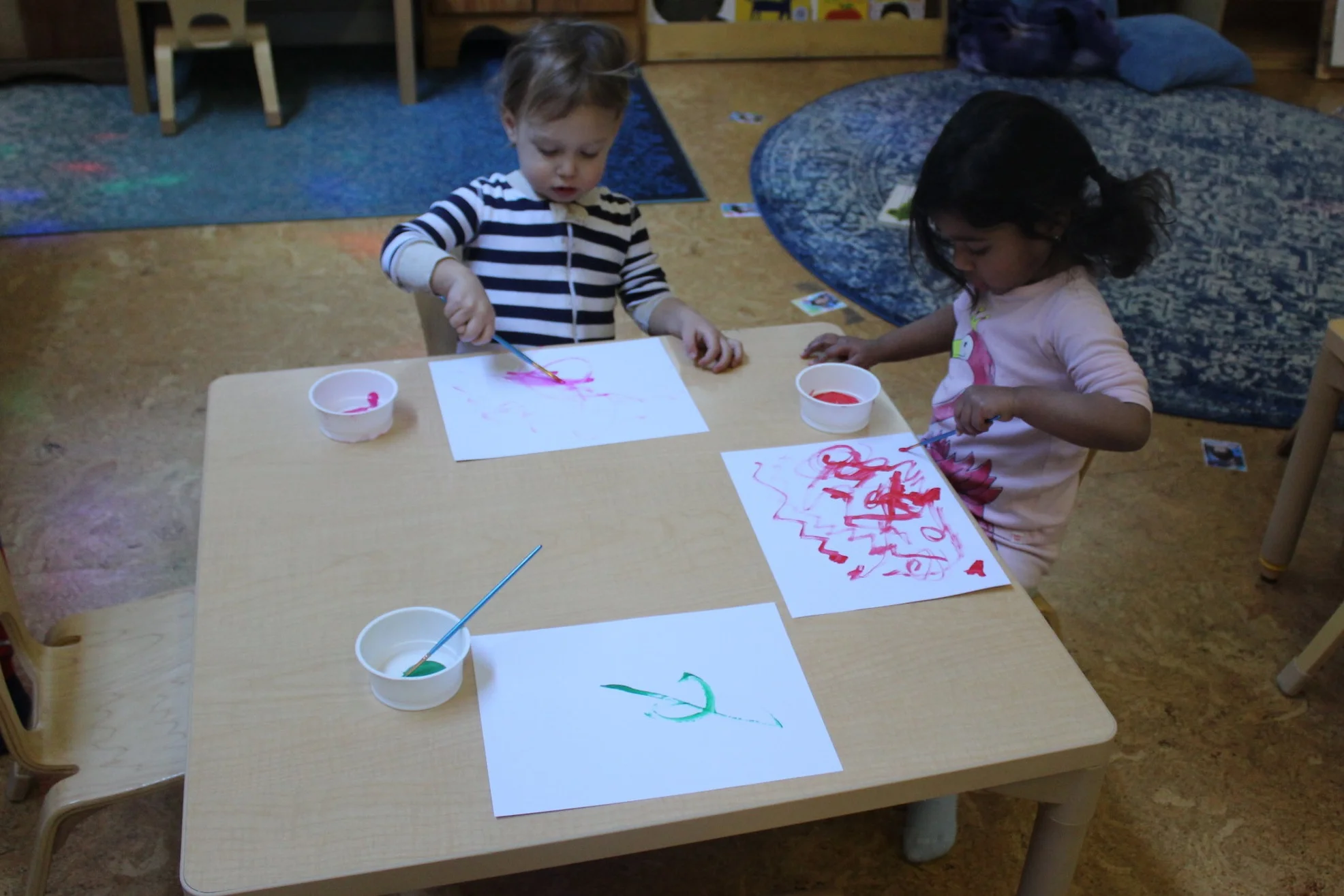
Exploring and revisiting painting with one color tempera paint helps children recognize, identify and recollect colors.

Young children enjoy working with watercolors because the water allows the colors to bleed together, creating new colors. Some of the children worked quickly, applying just a few strokes of color, while others spent a great deal of time working creating lines on their paper.
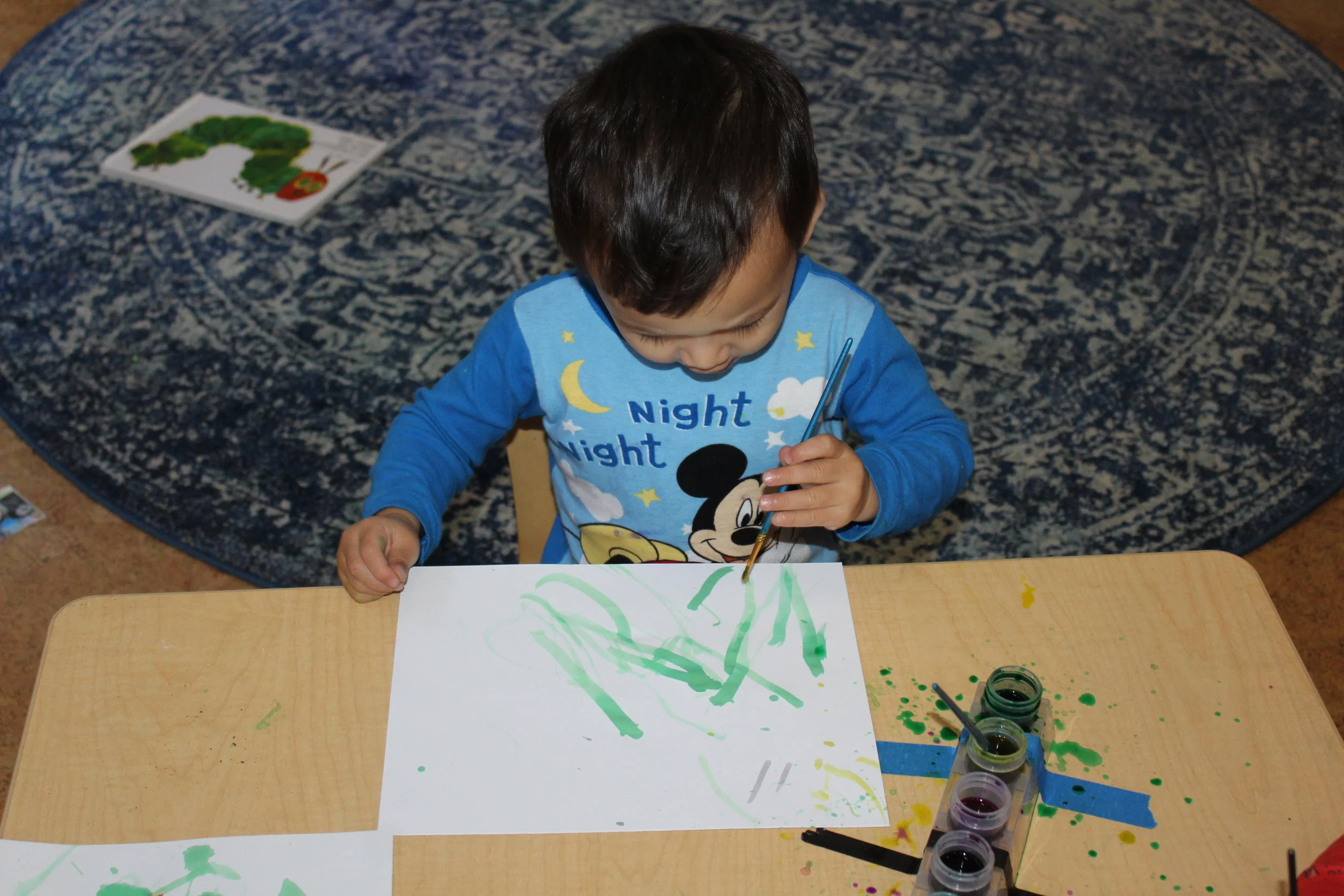
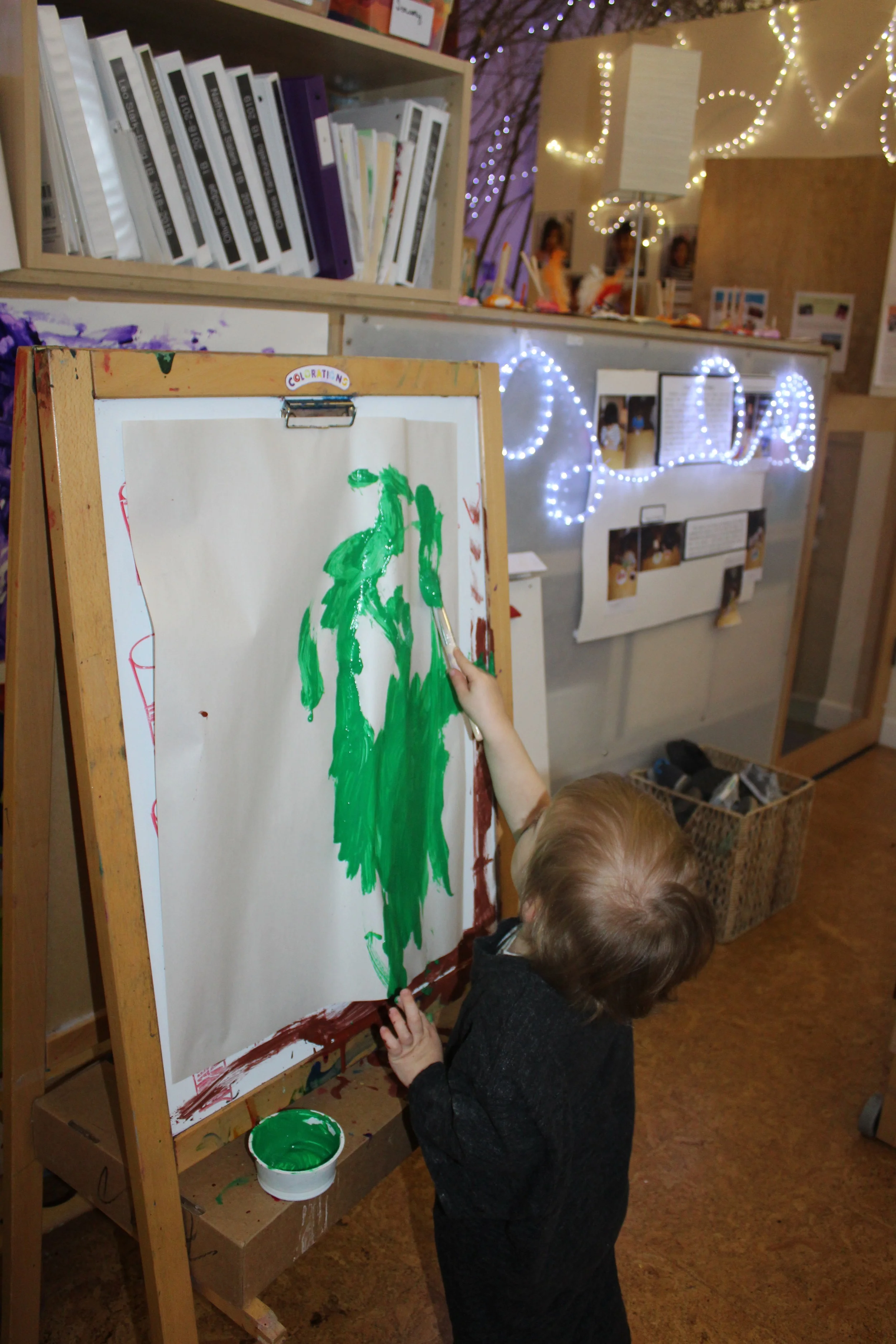
The Benefits of Working On An Easel
Fine Motor: Moving the painting tool from the paint container to the easel surface requires focus and control.
Large Motor: Because of the angle of the arm, using the easel works the shoulder and entire arm. The bigger the surface, the more exercise this area of the body gets.
Cognitive Skills: There is a lot to figure out while using an easel, such as how the paint will get on the paper and how to handle the drips that occur.
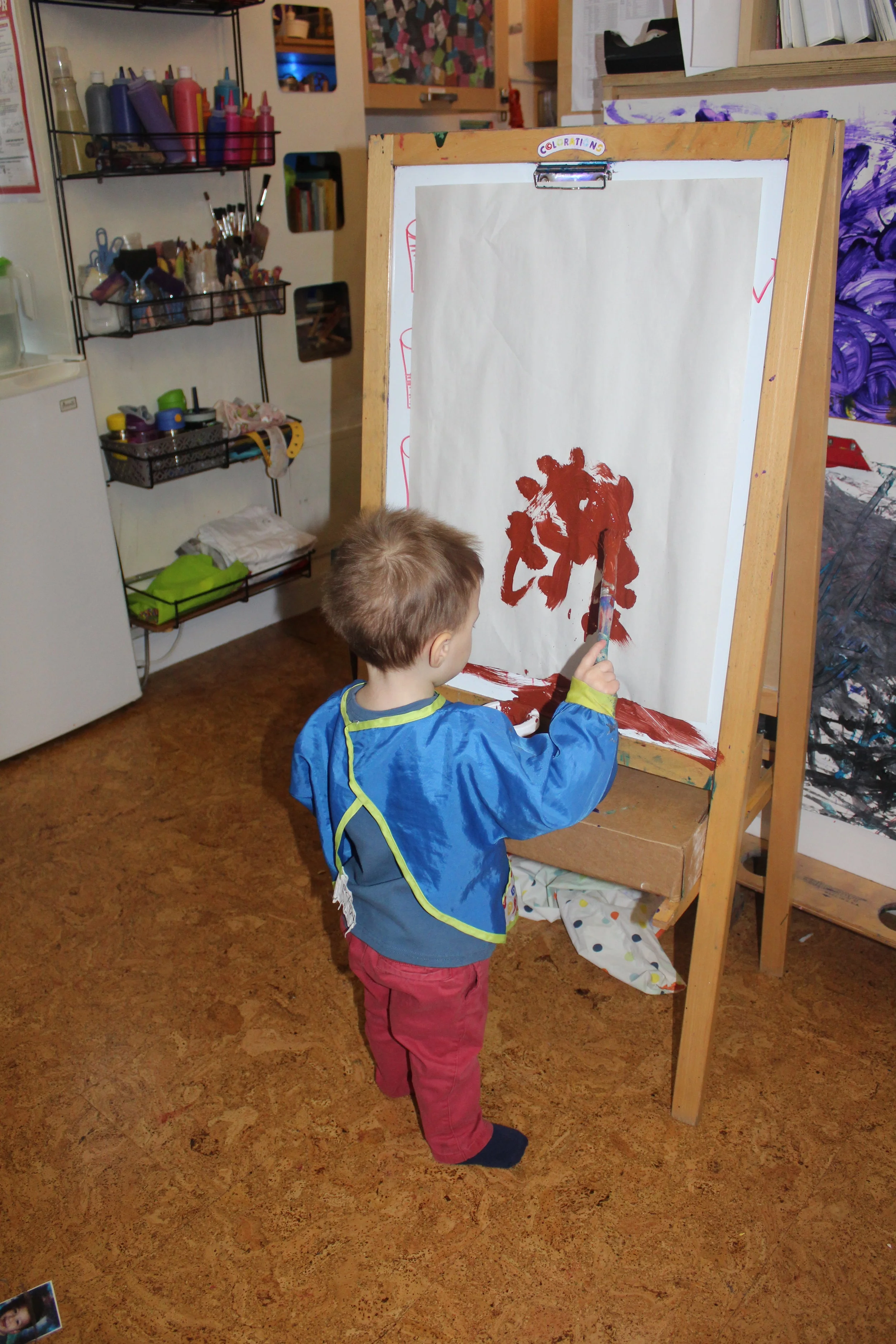
Leo: “I’m painting a princess!”
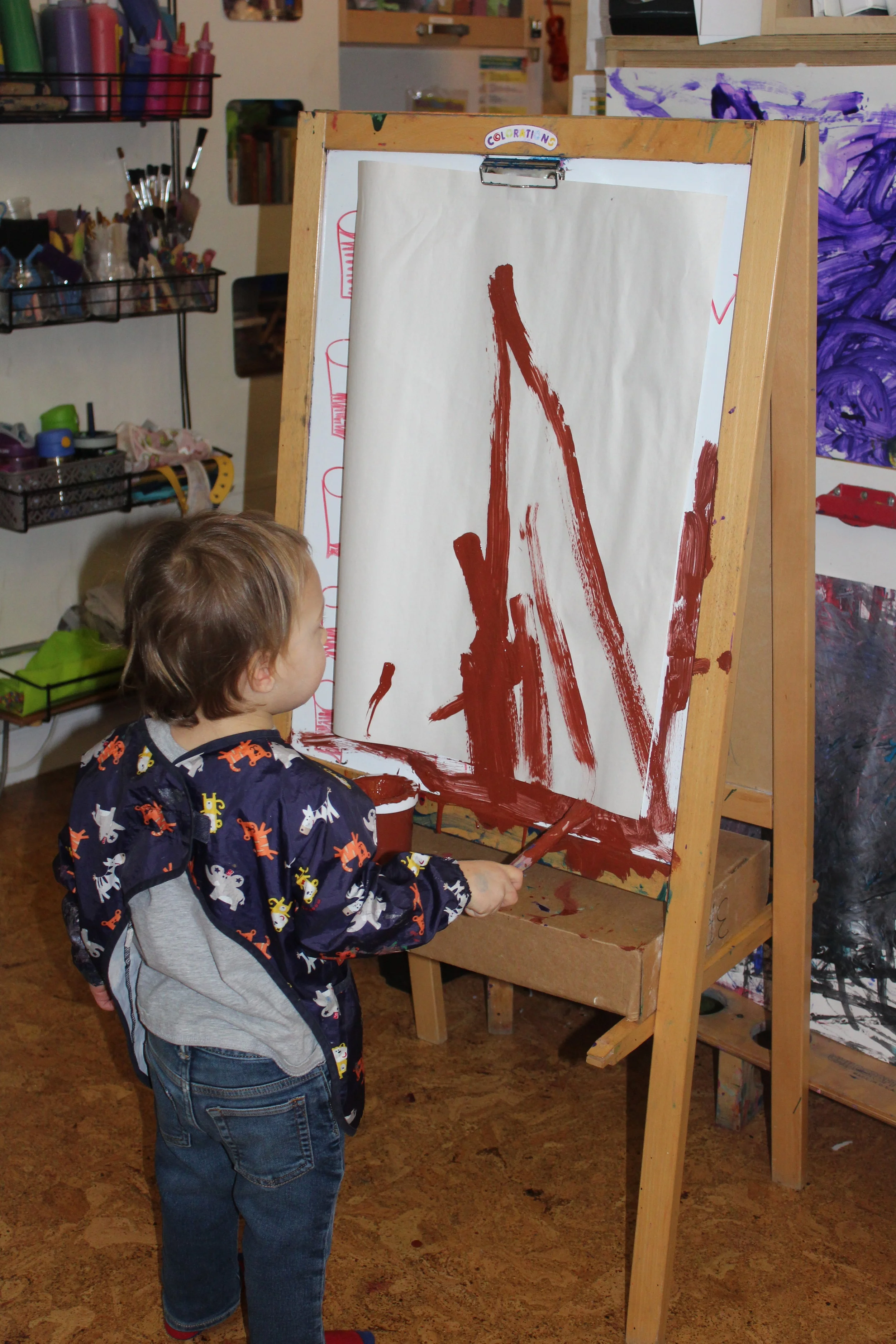
Oliver: “The letter A!”
Blocks:
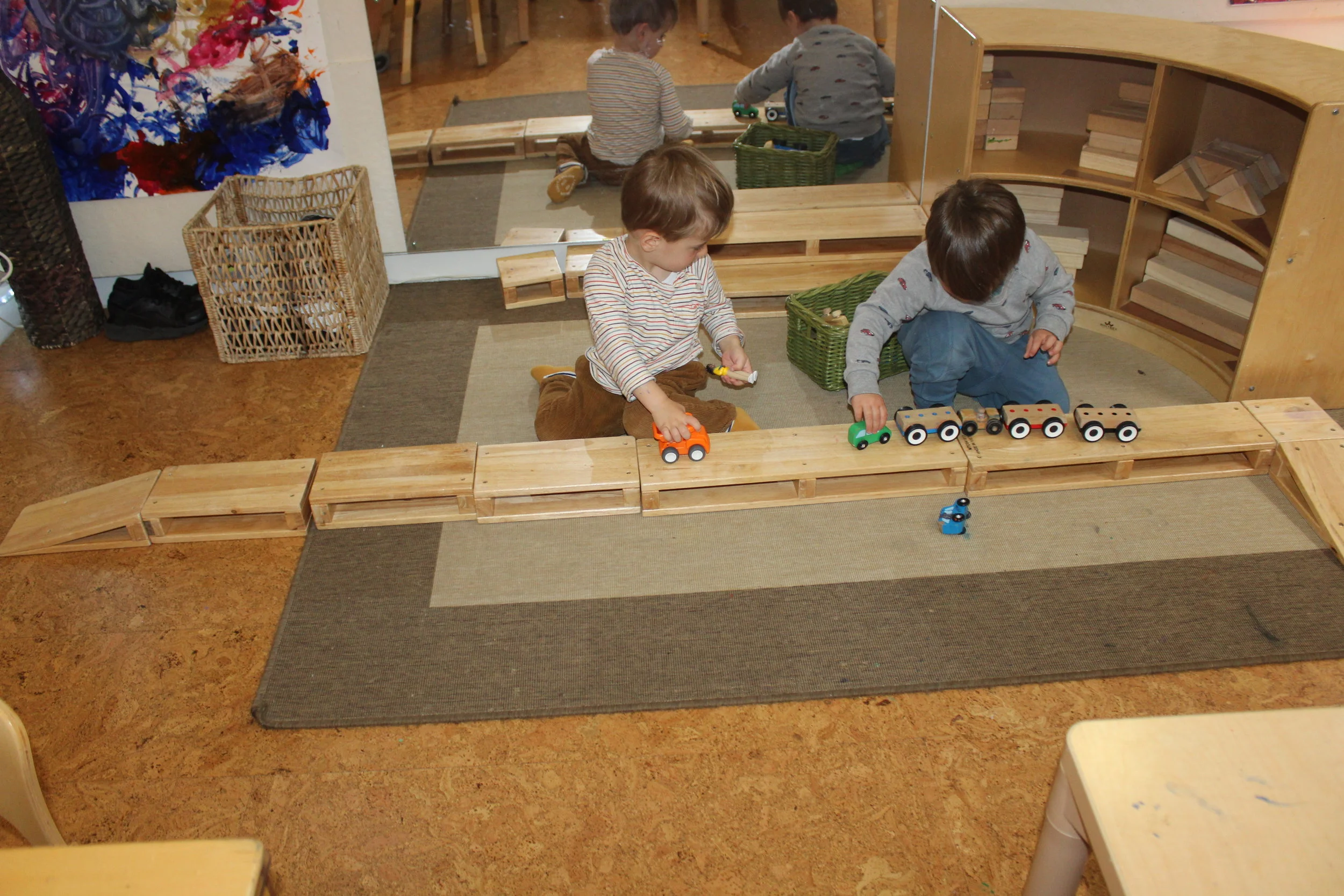
We all participated in making a road for cars and walking on using the hollow blocks!
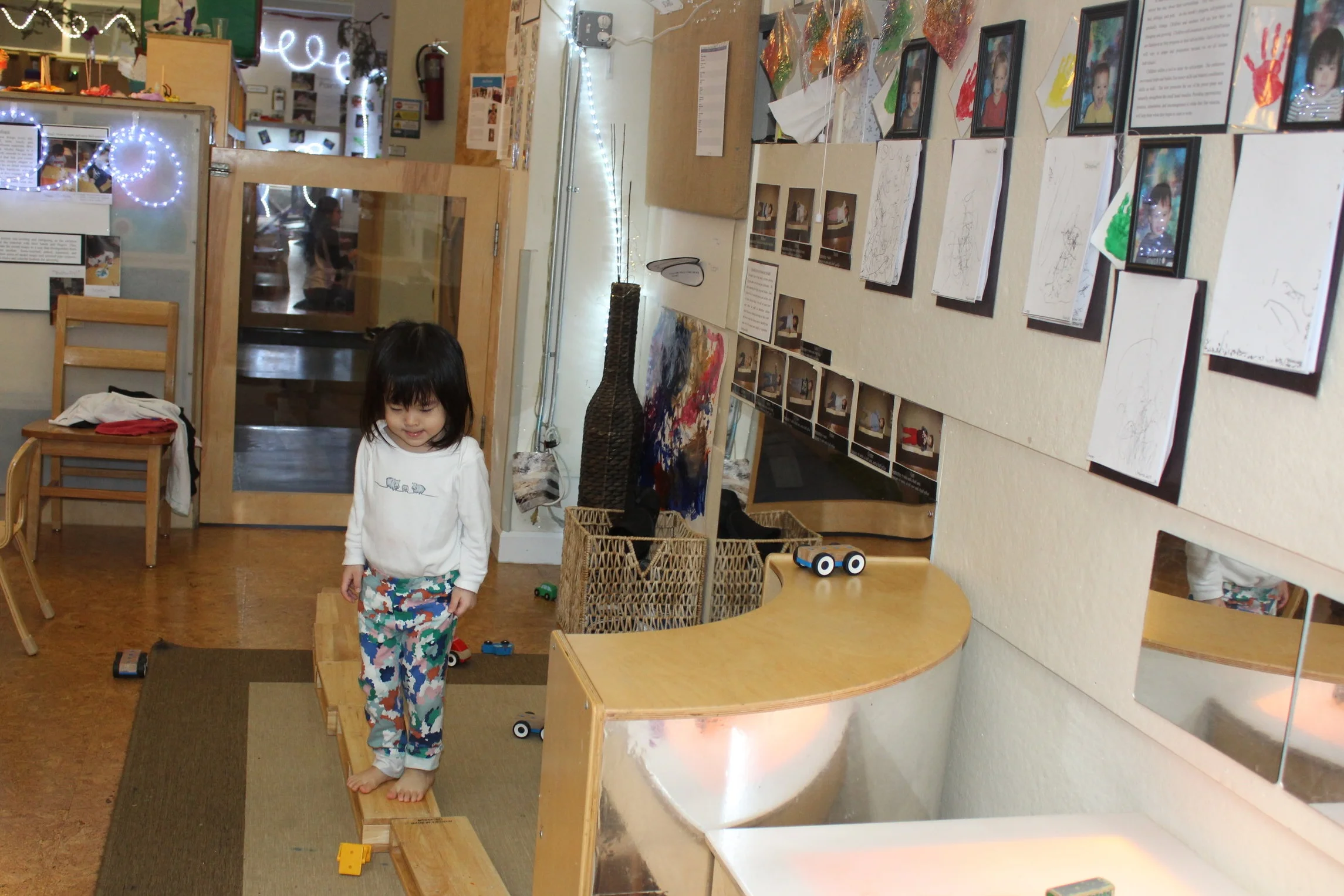
Manipulative:
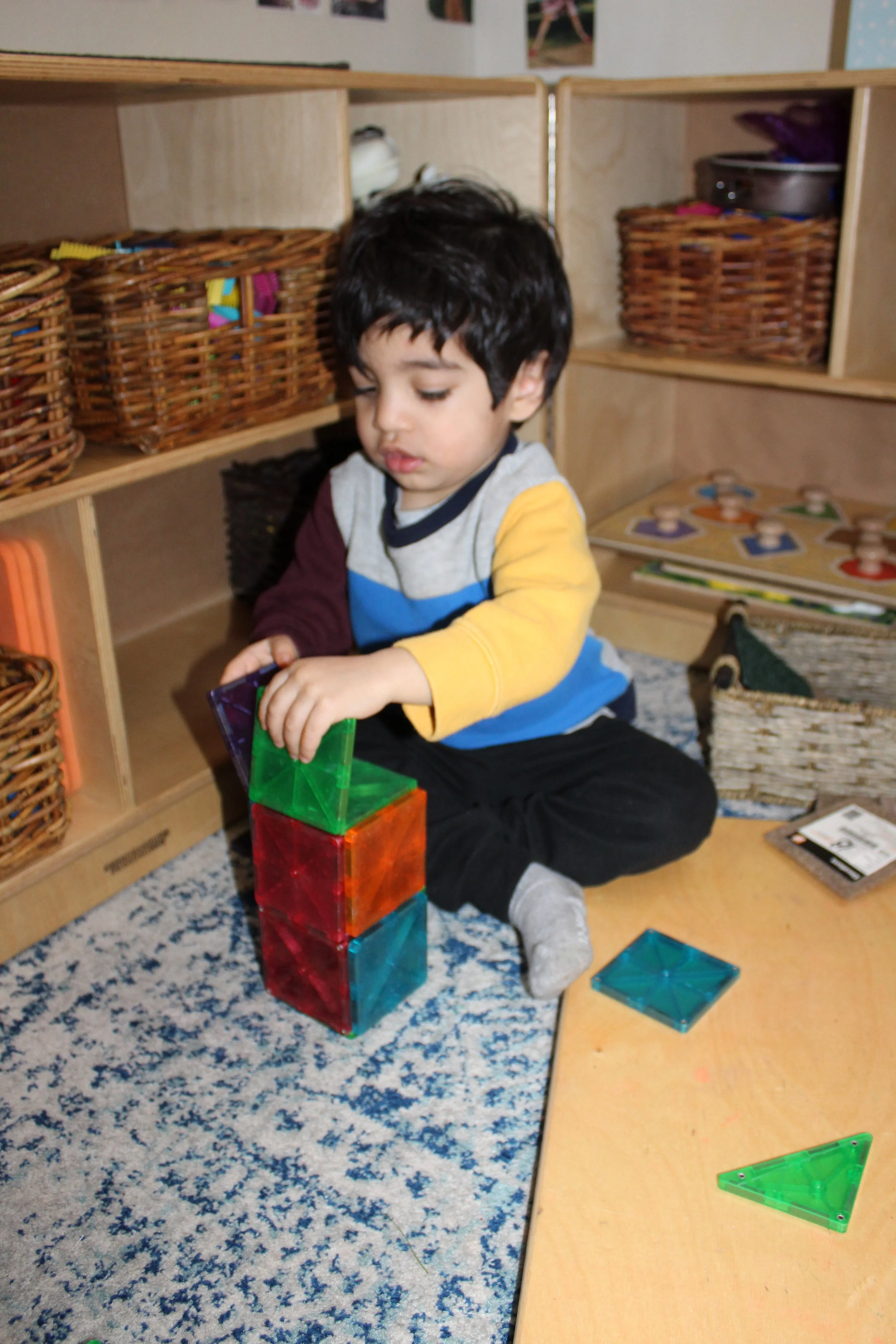
Rohan: “Building a tower!”
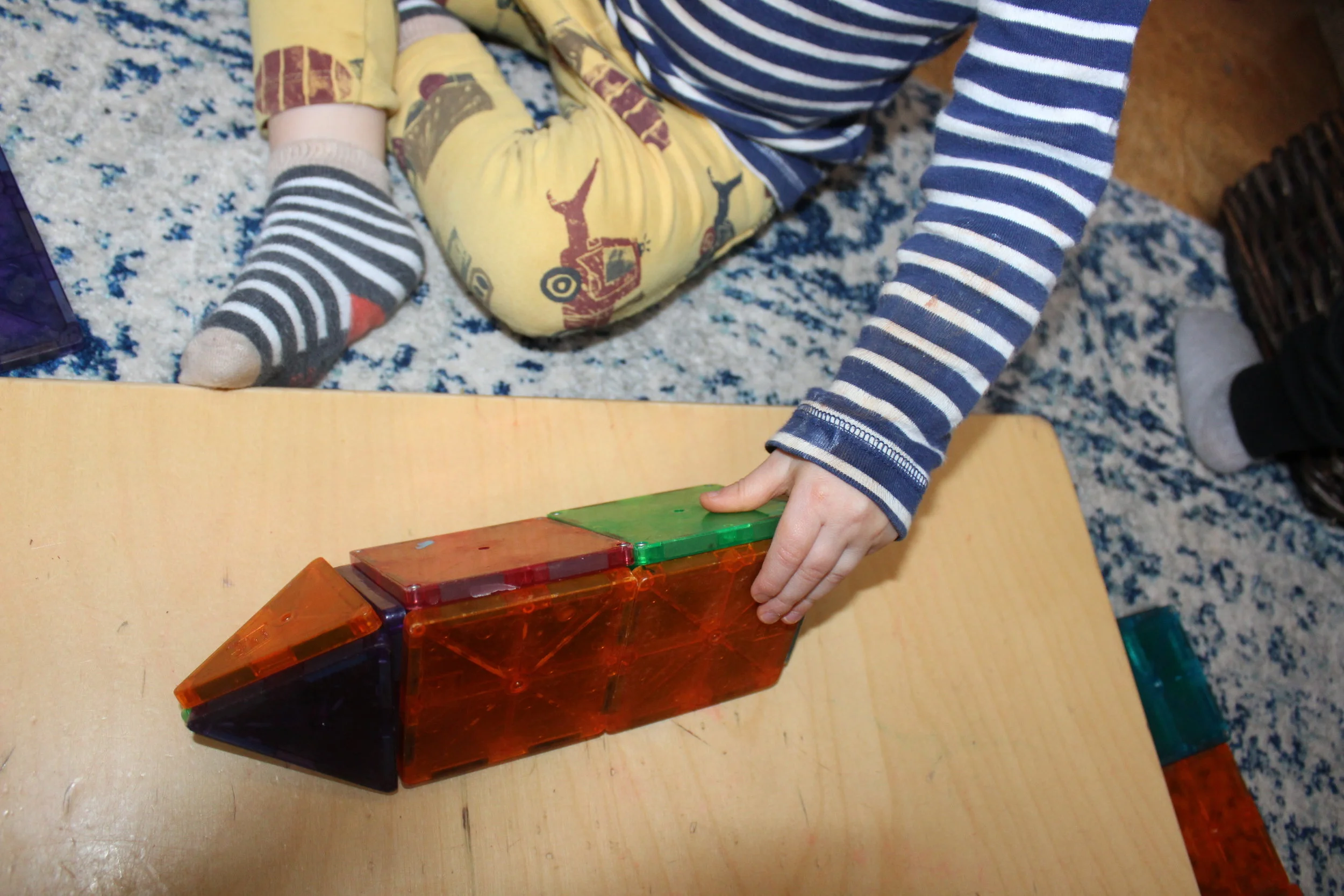
It's lovely to see how the children are more interactive with hands-on material and creating their structure with extreme caution.

Science:
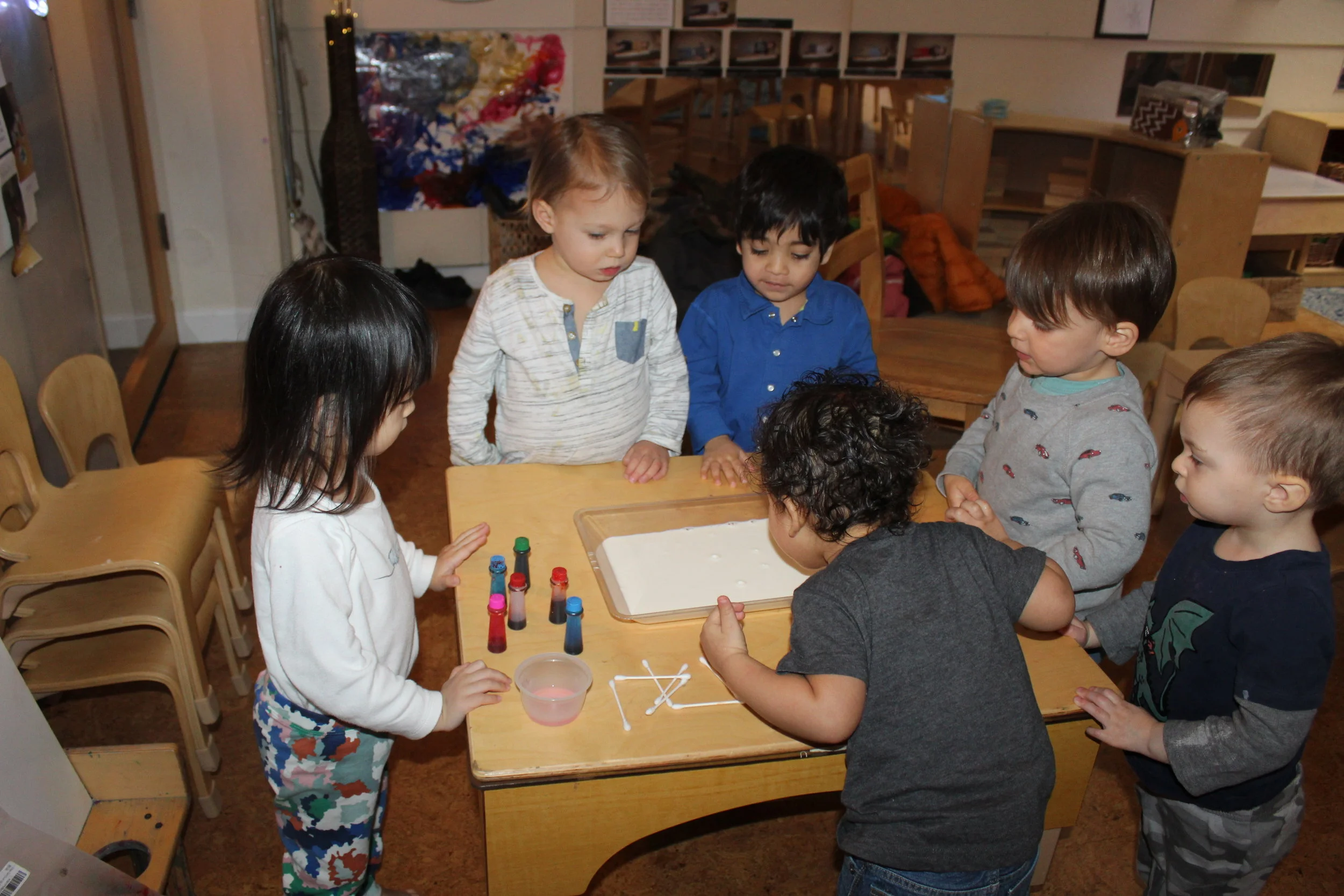
We placed some drops of food coloring over the milk and dipped a Q-tip into some dish soap. Then, with the drop of soap directly onto the food coloring and we watched the colorful fireworks! The children looked excited to see the colors spread. We will redo this experiment next week, so all the children can have the opportunity to participate.
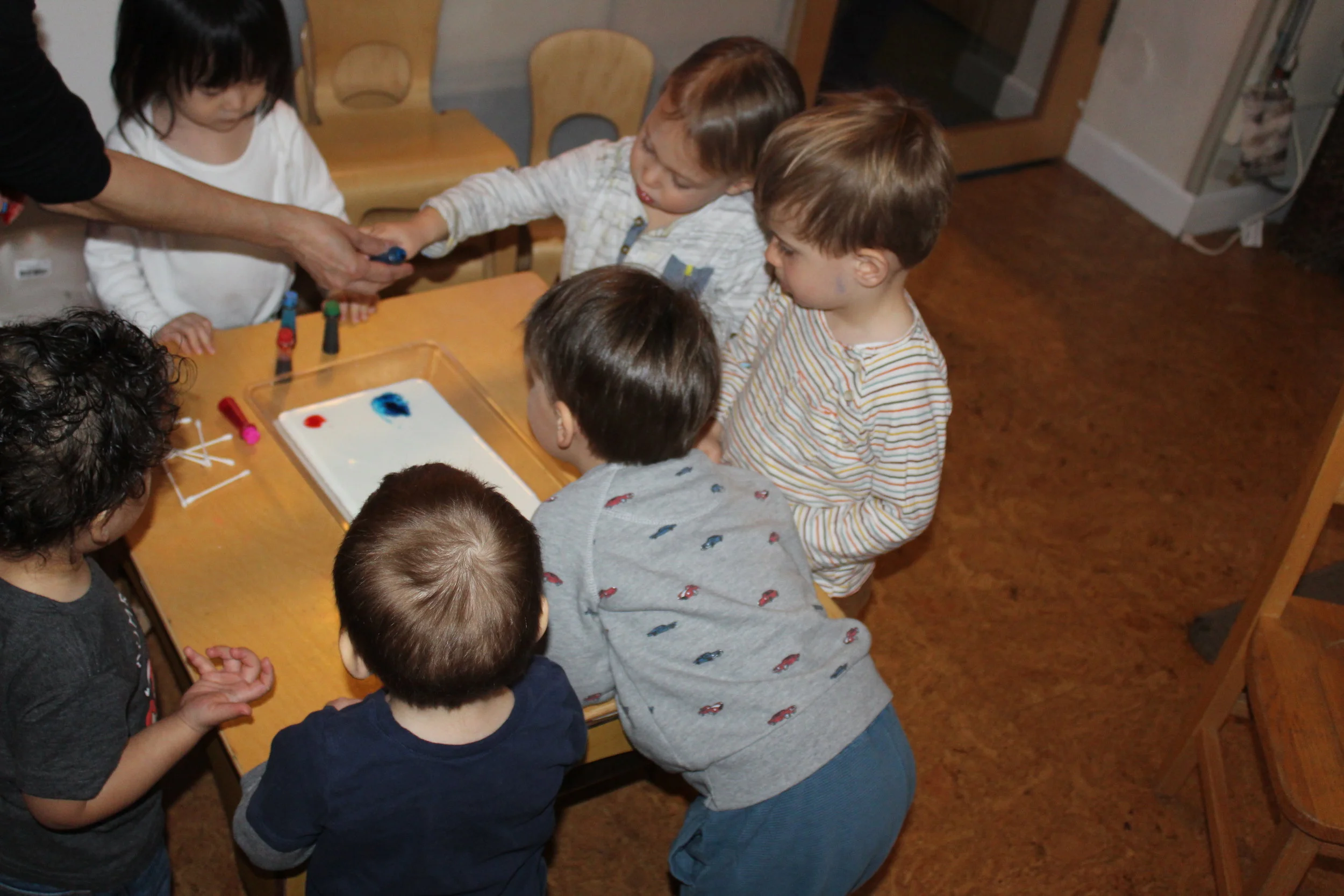
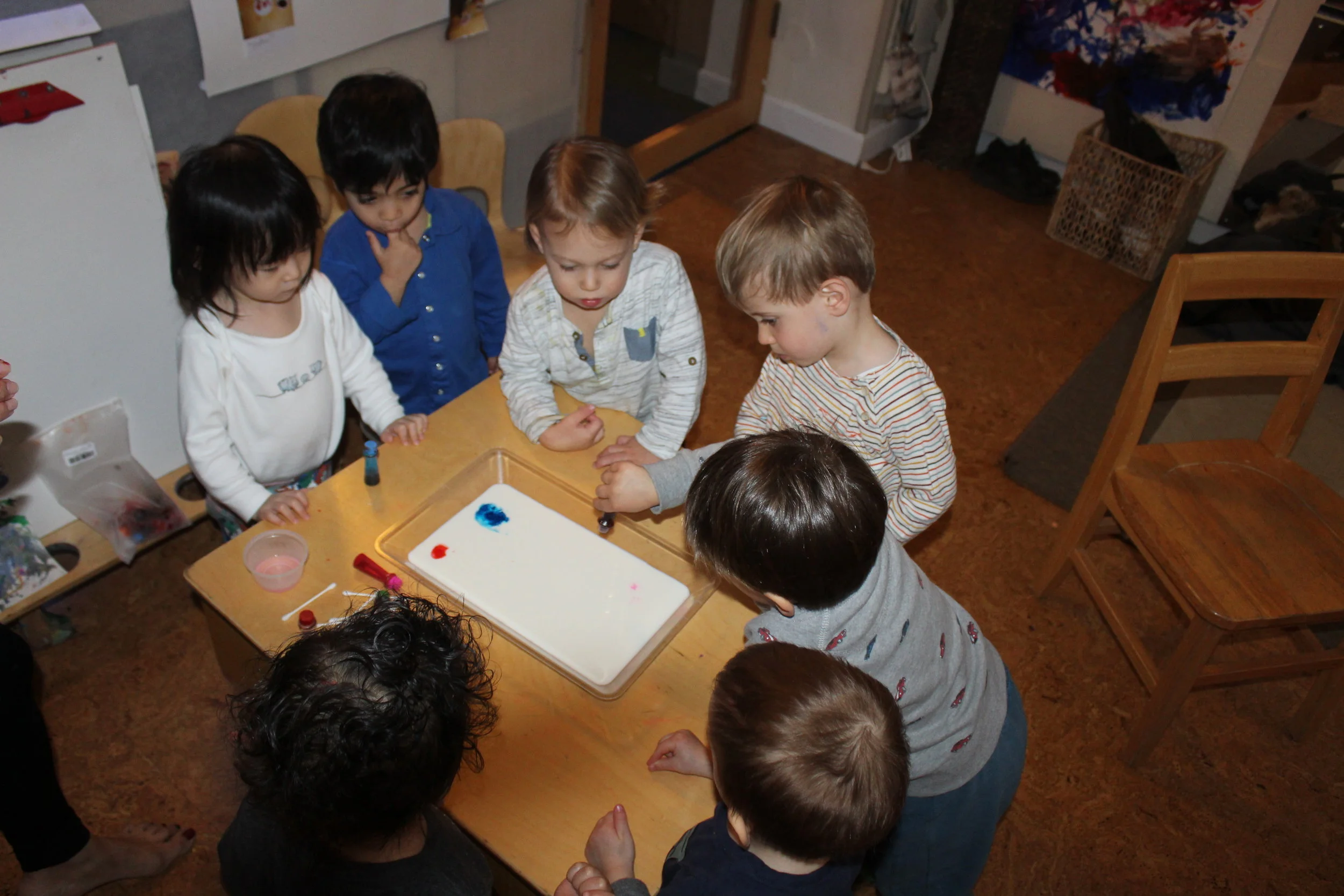
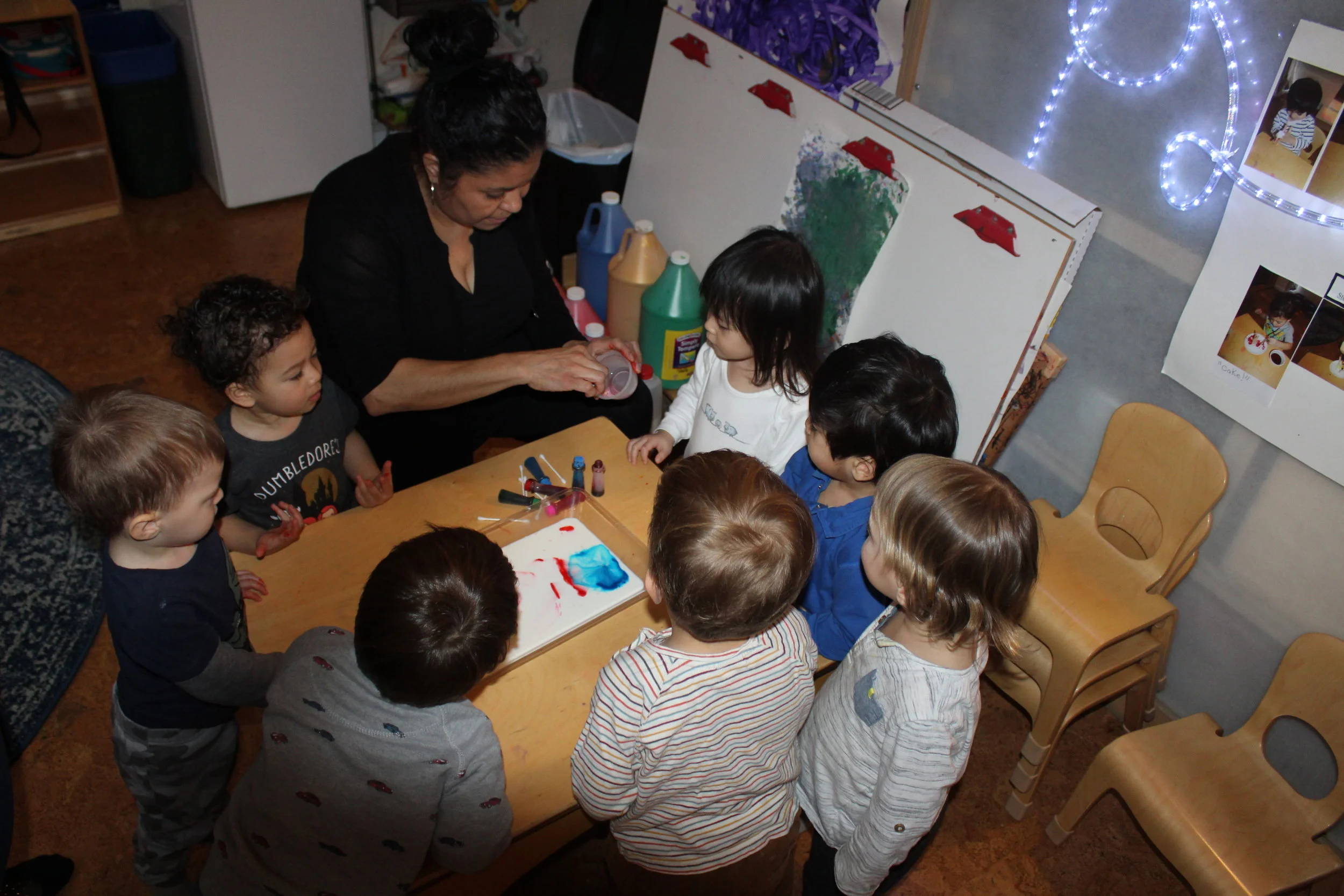
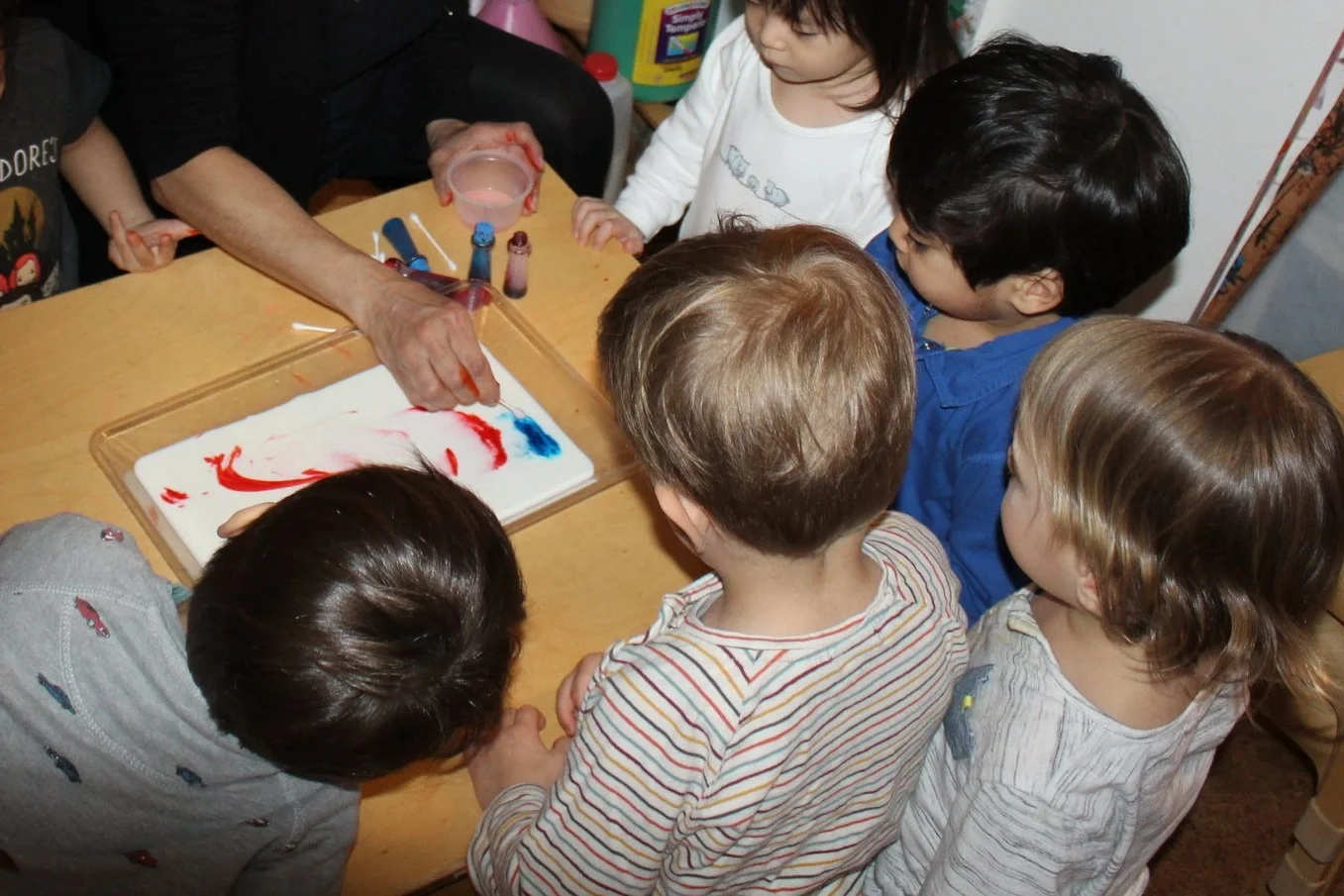
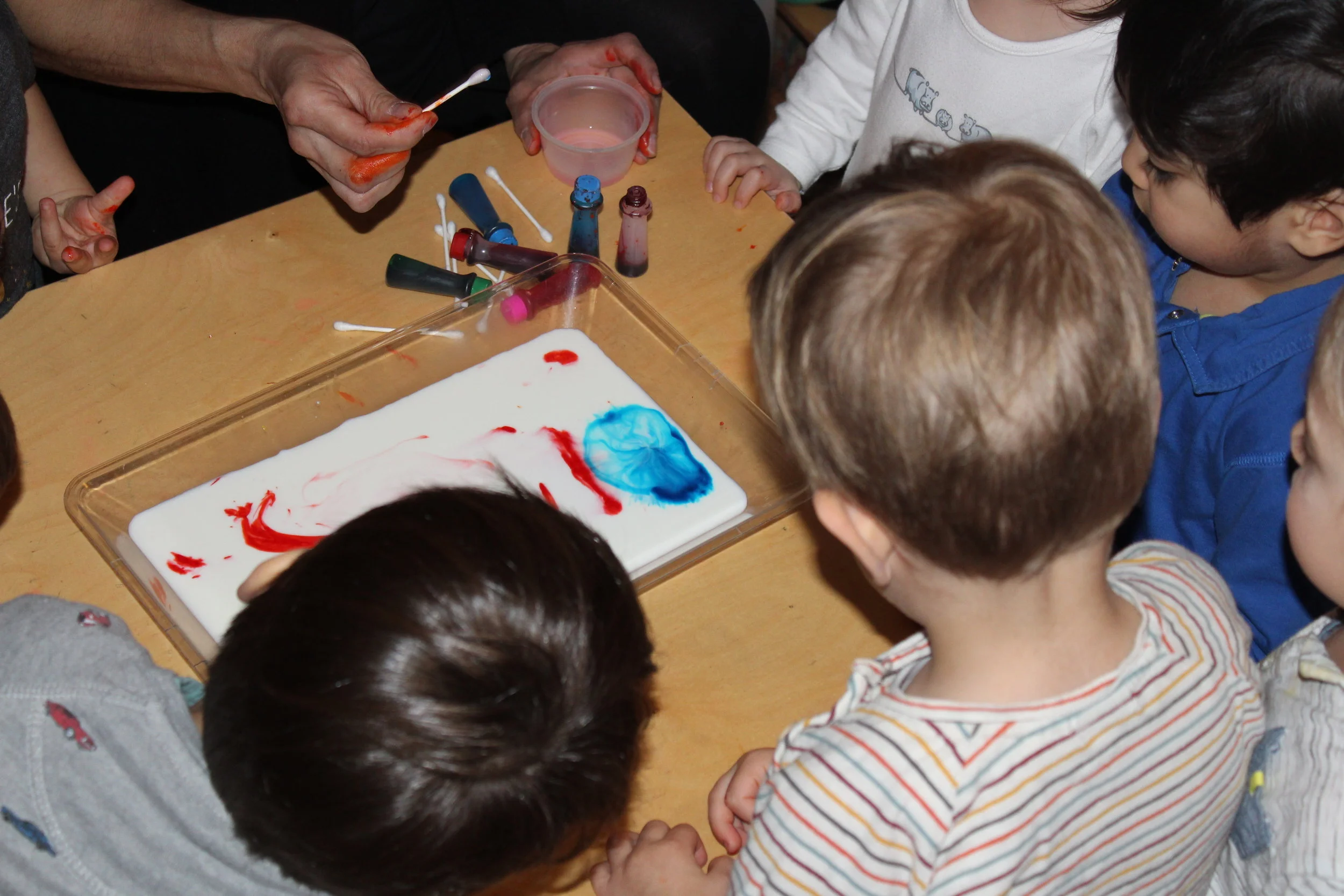
Sensory:
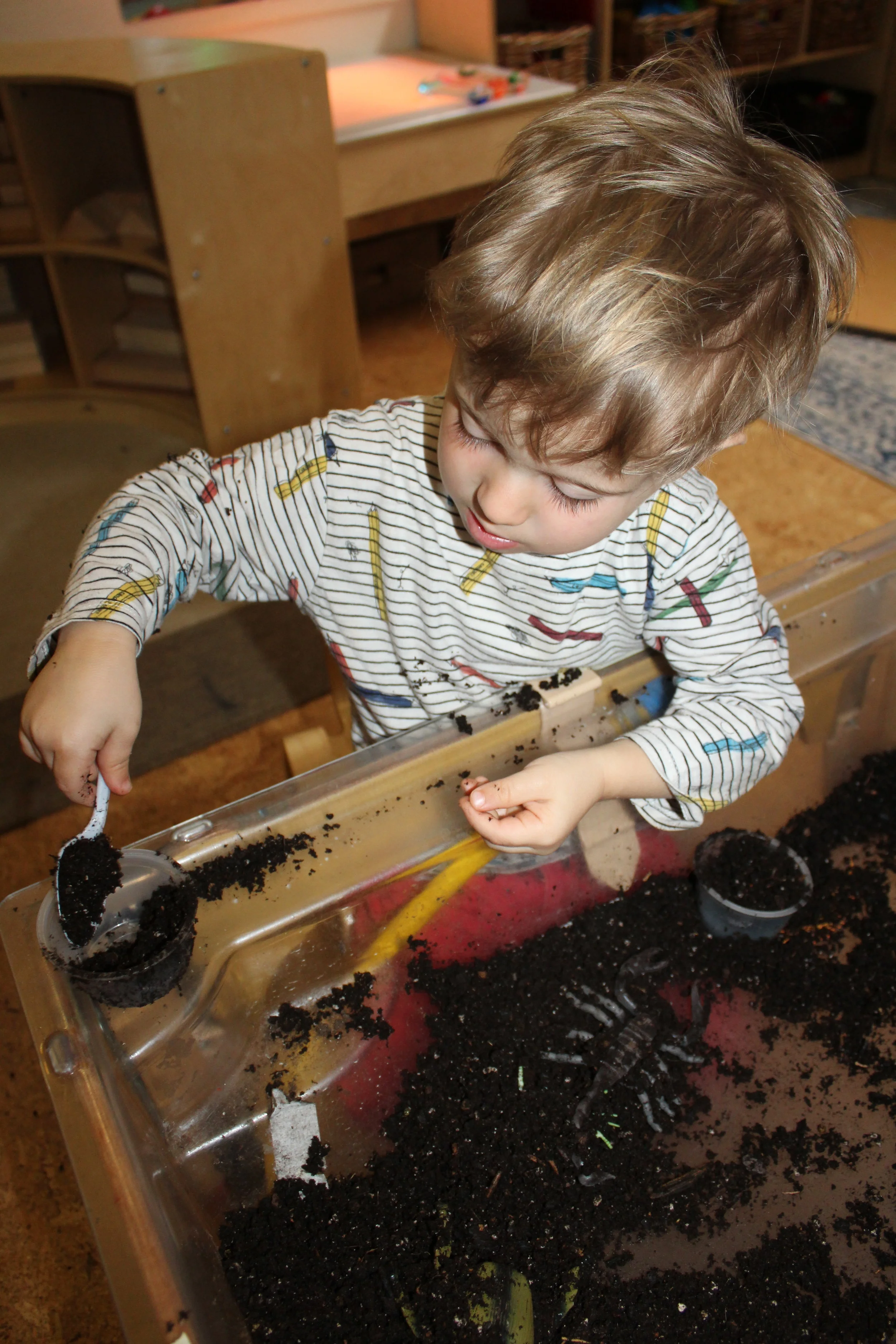
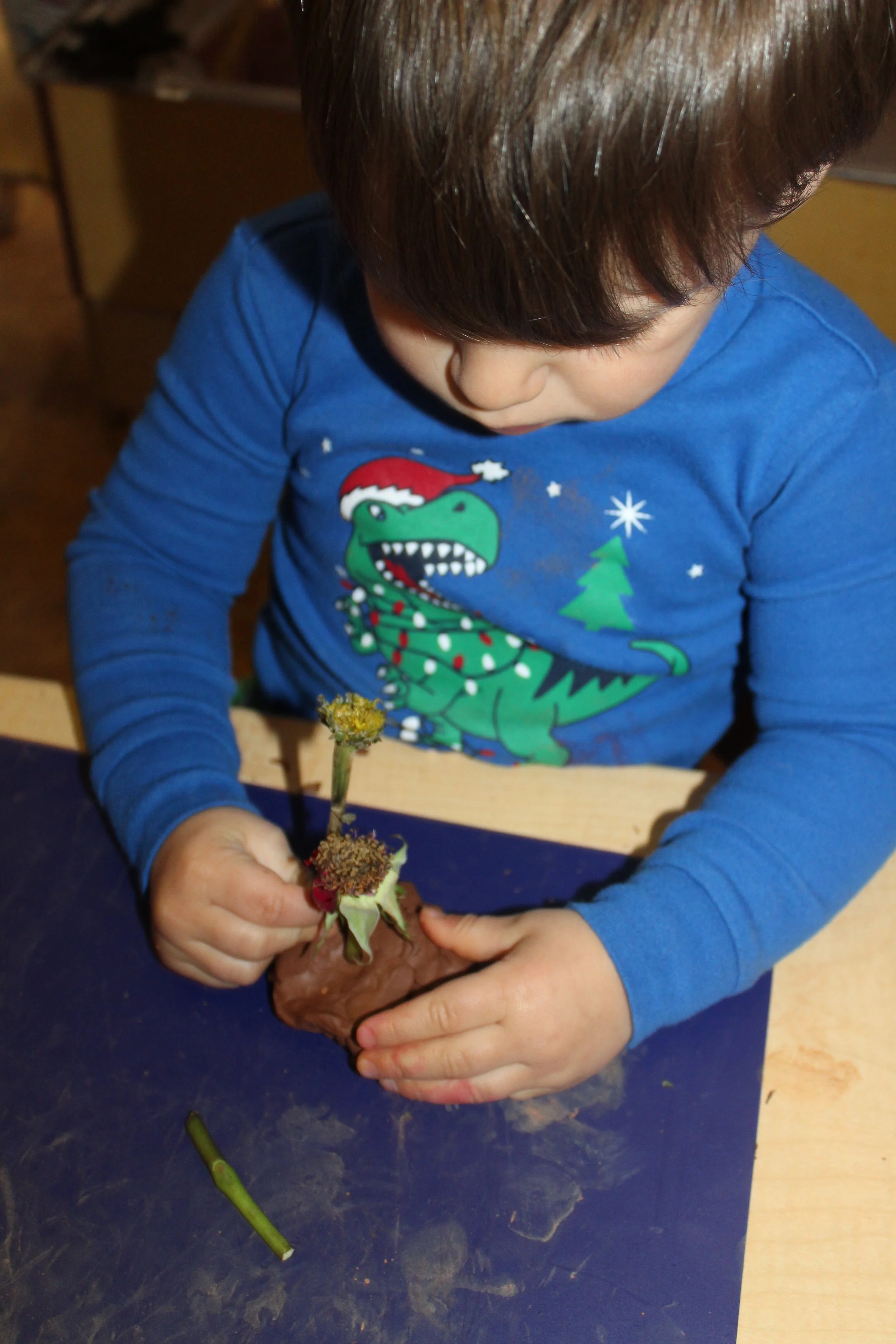
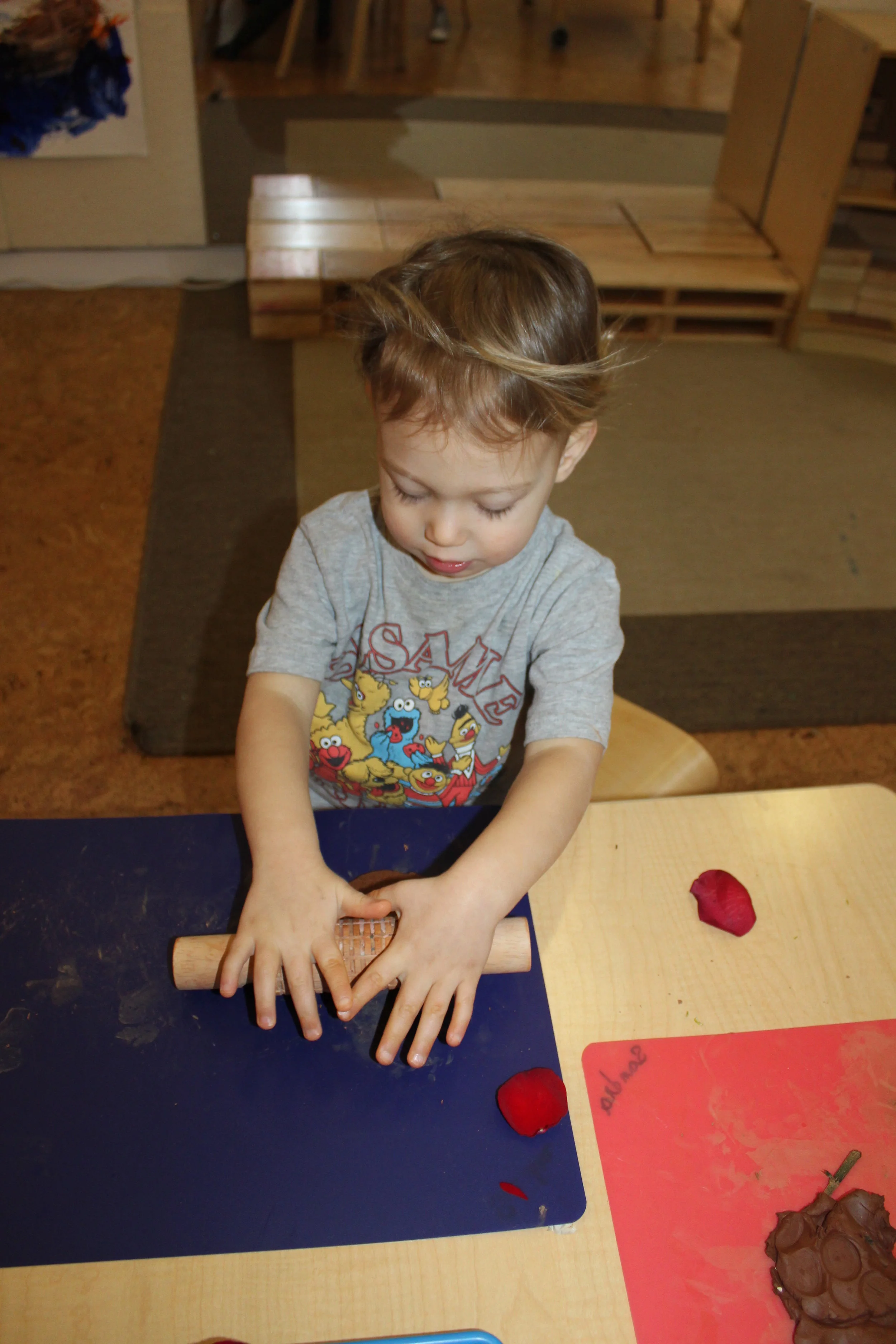
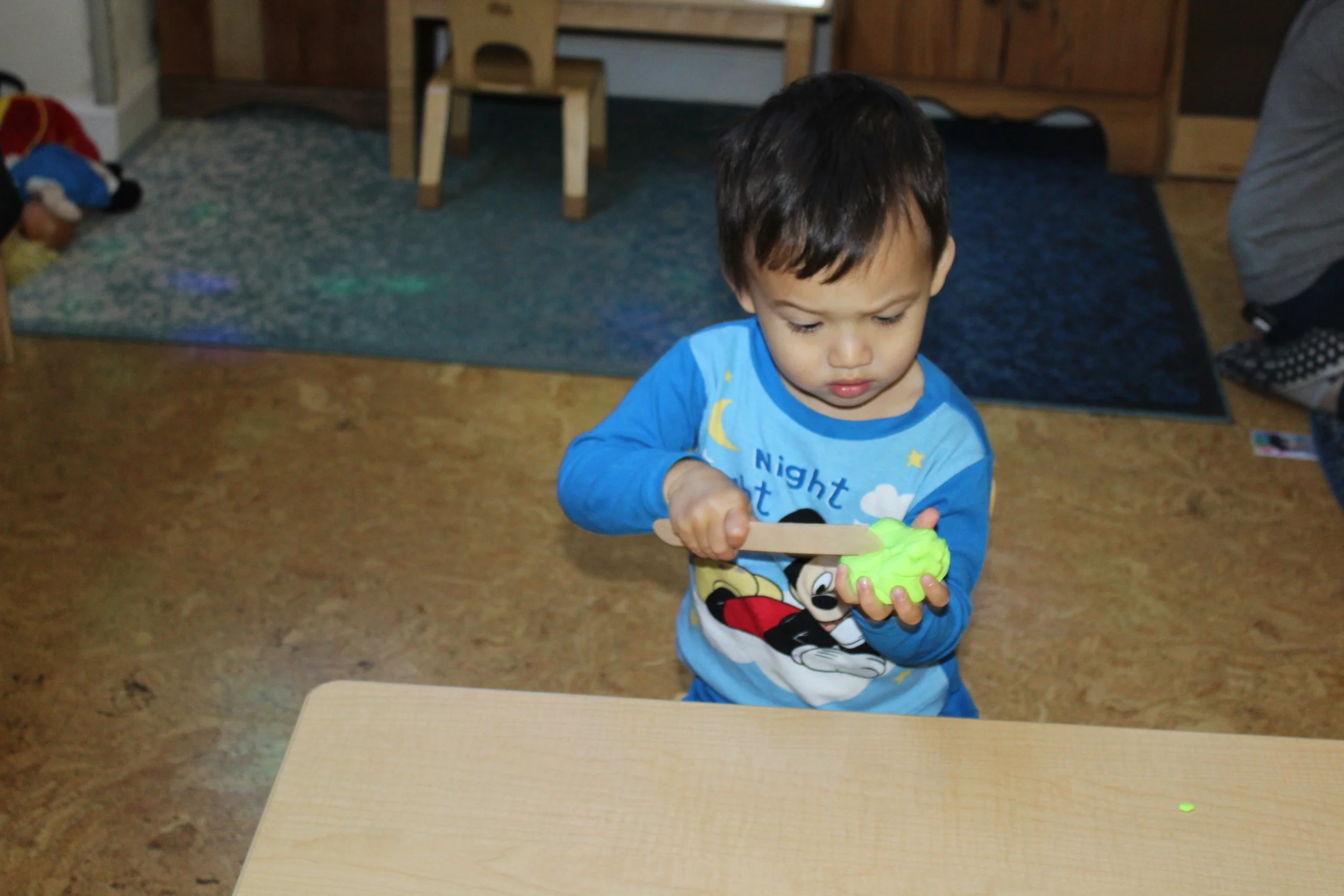
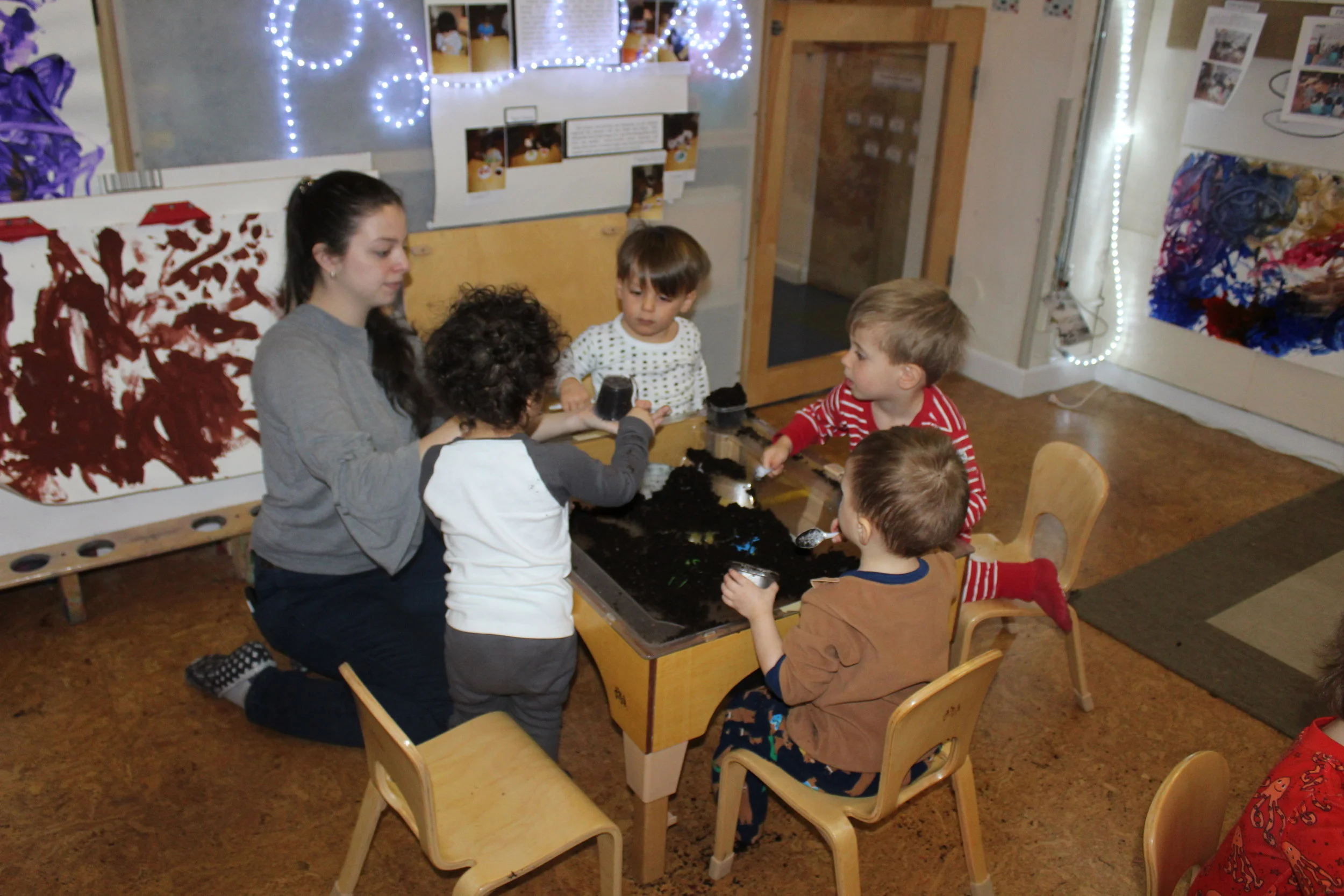
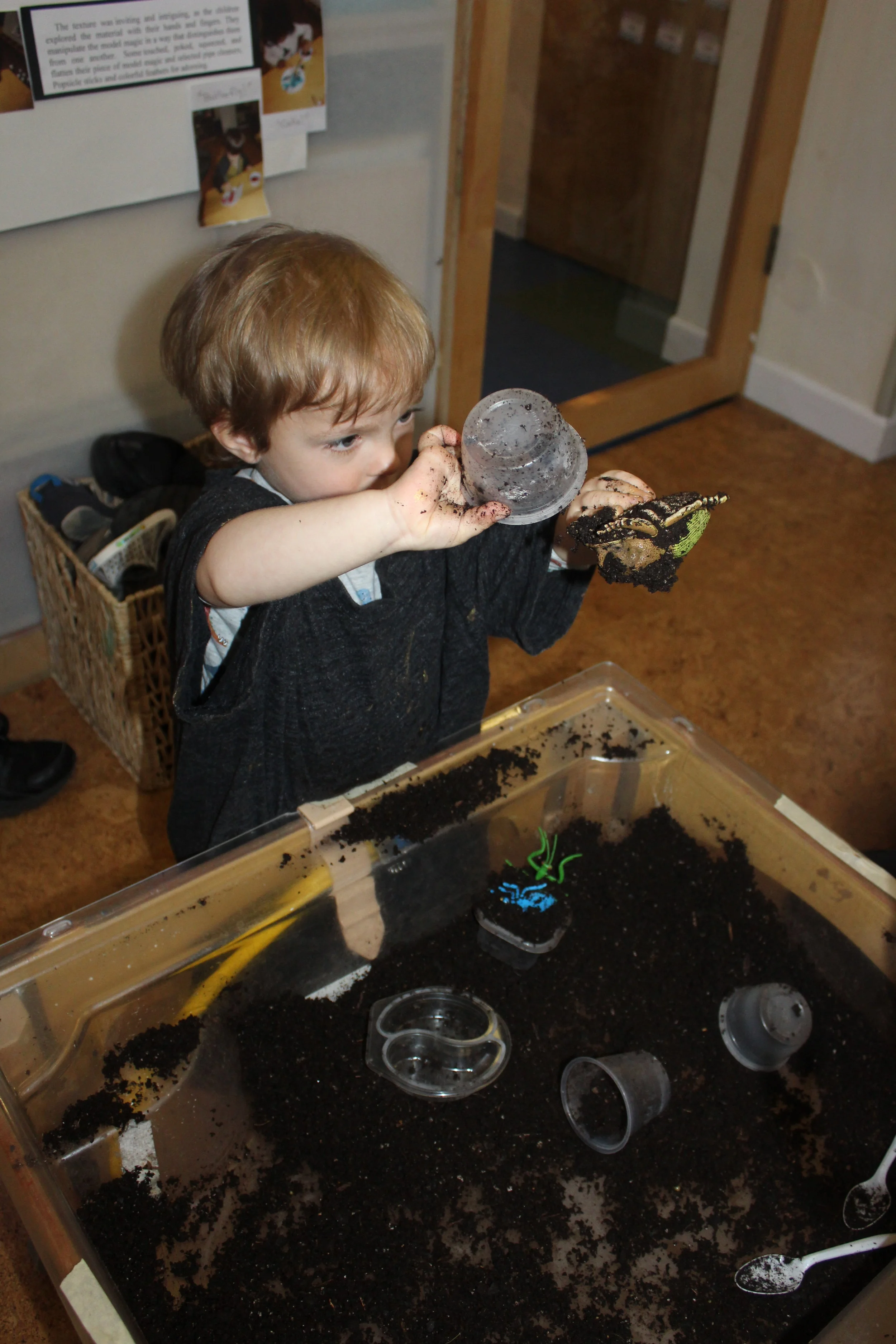
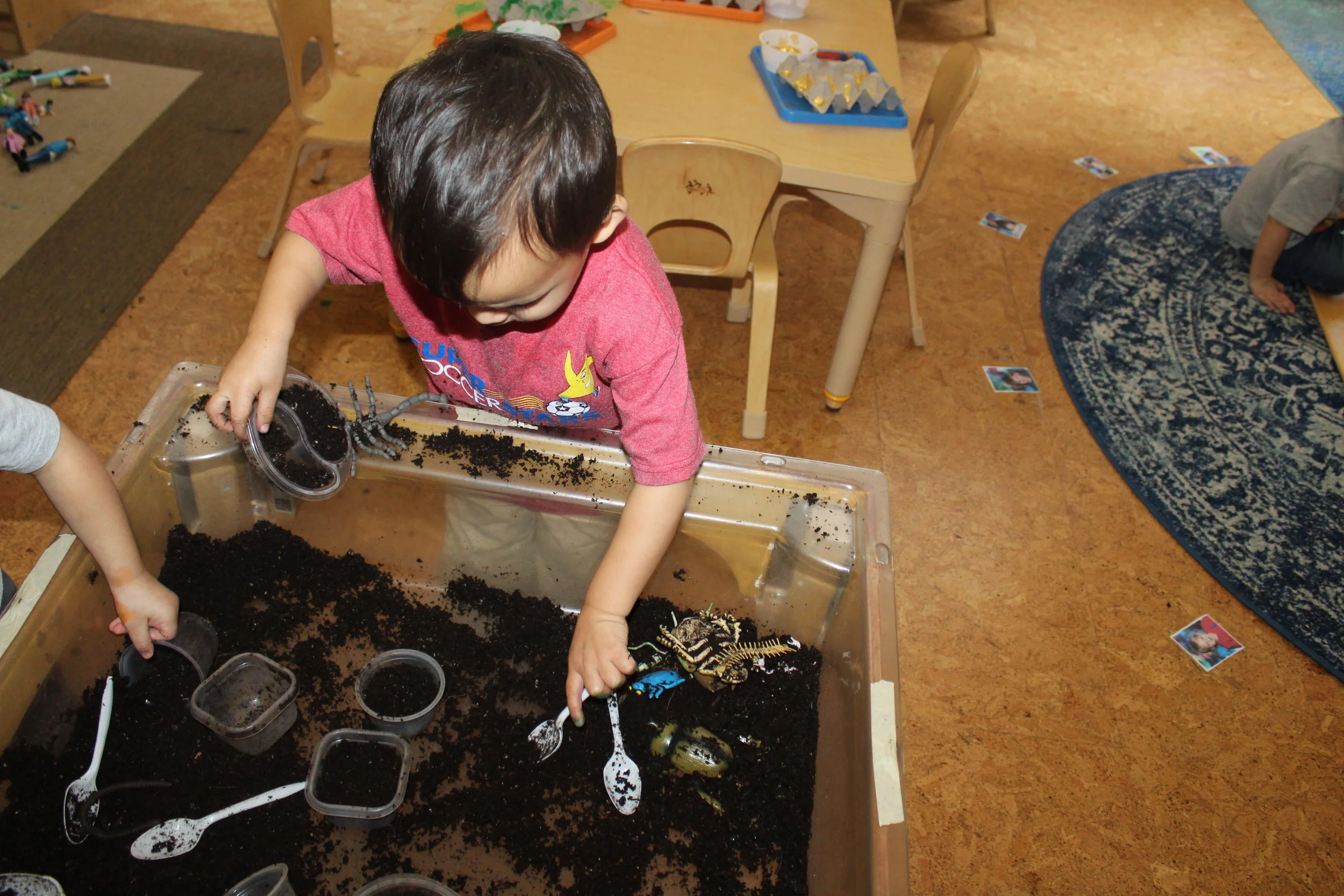
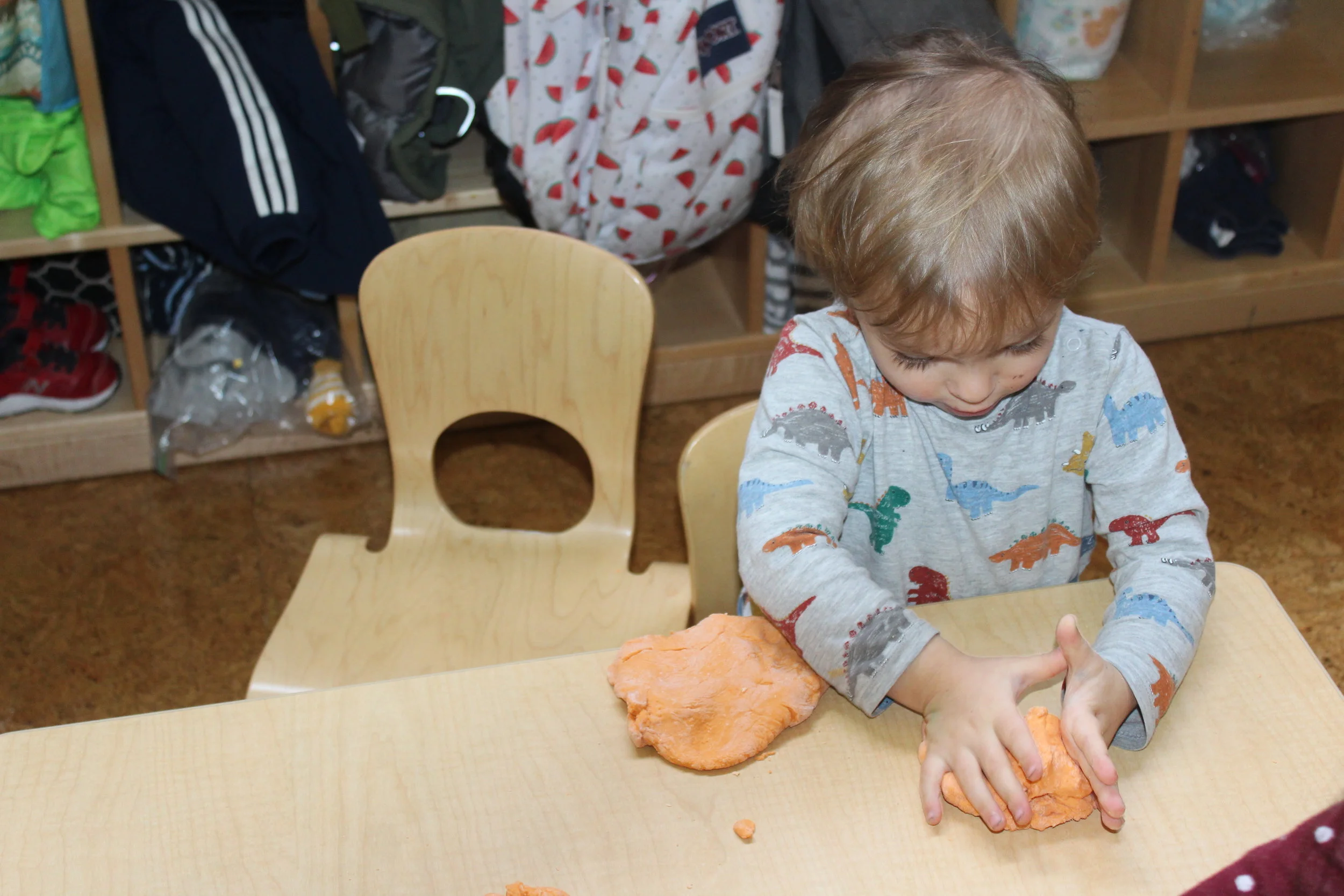
Hands-on activities are crucial for their development. They are naturally exploring by using their hands and fingers. Fine motor skills and texture are learned skills in these activities. Playdough always elicits curiosity on these young developing minds. As they squeeze, touch and mold their piece of playdough or clay they are formulating ideas and techniques.
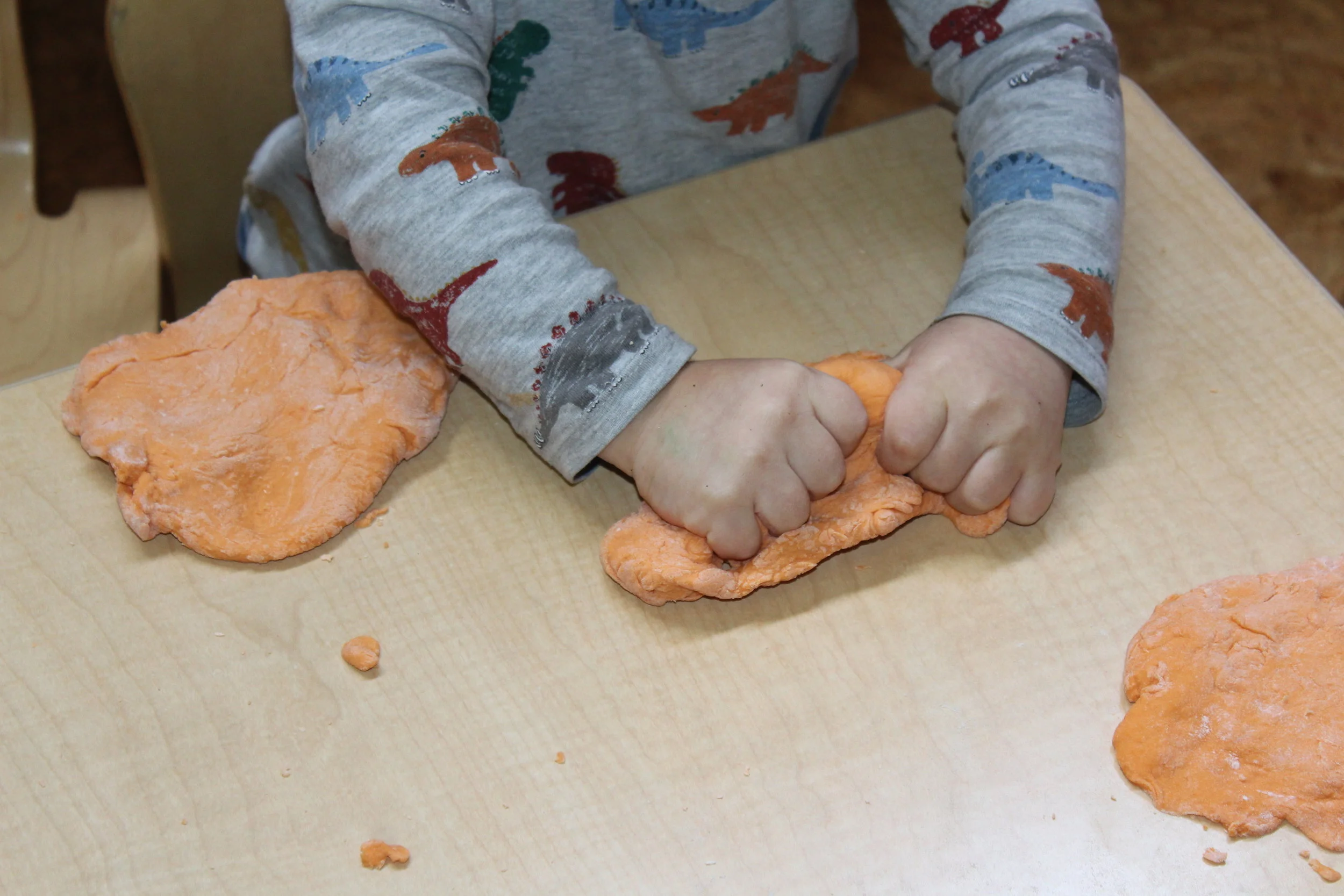
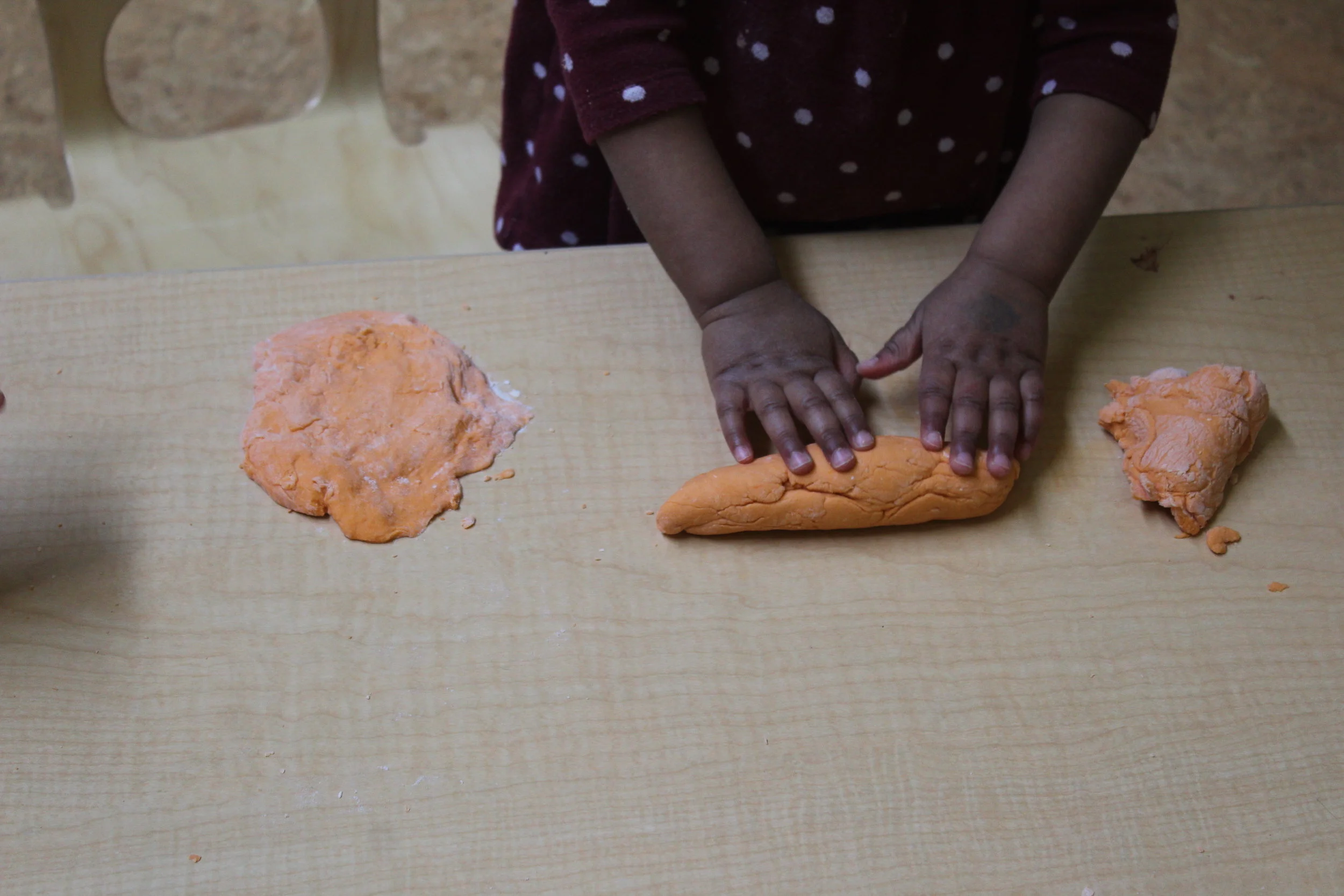
Taking pictures of their hands and fingers as they are exploring, enables the teacher to observe more closely their techniques and movements they use to manipulate the play dough.
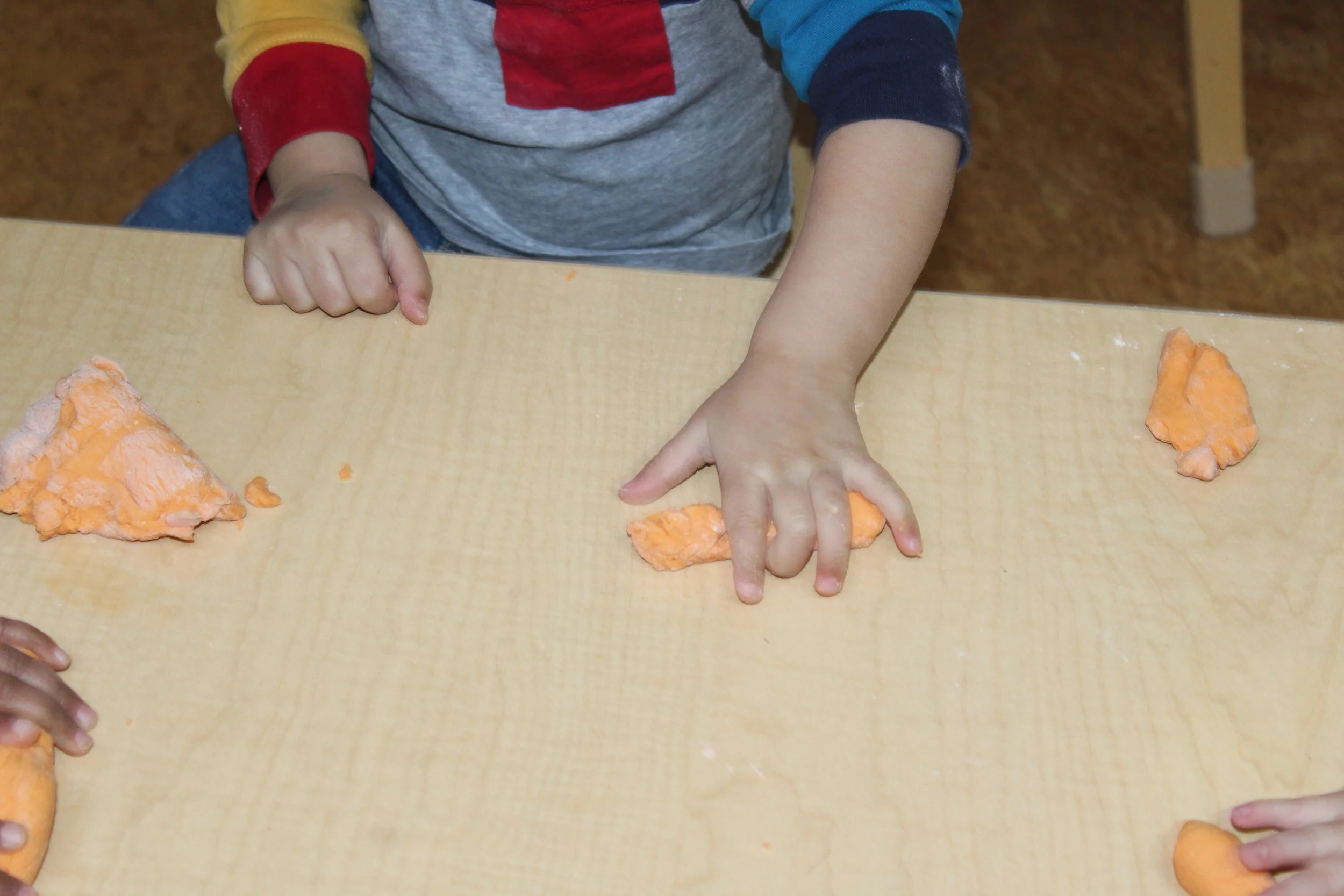
Specialist:
Spanish
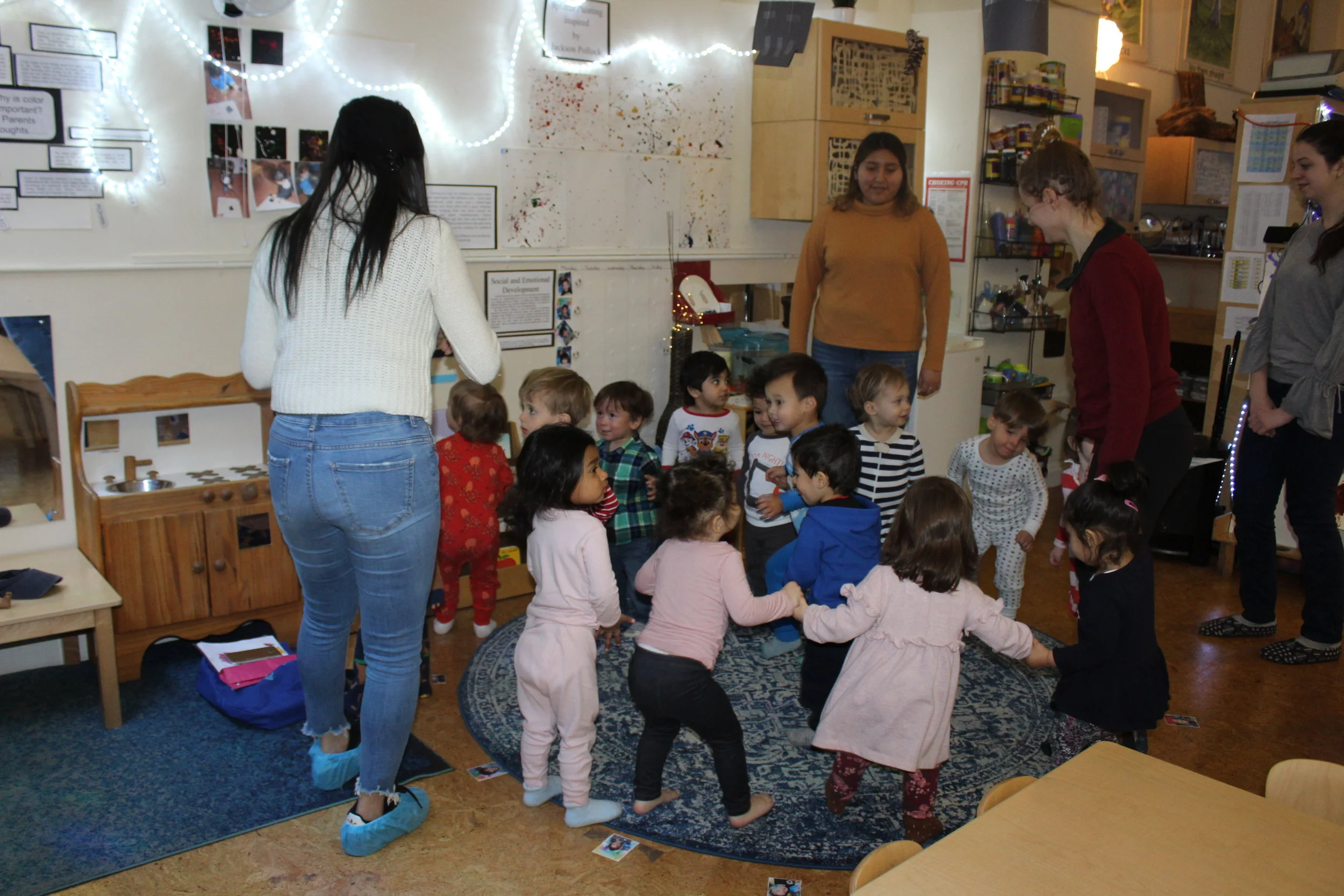
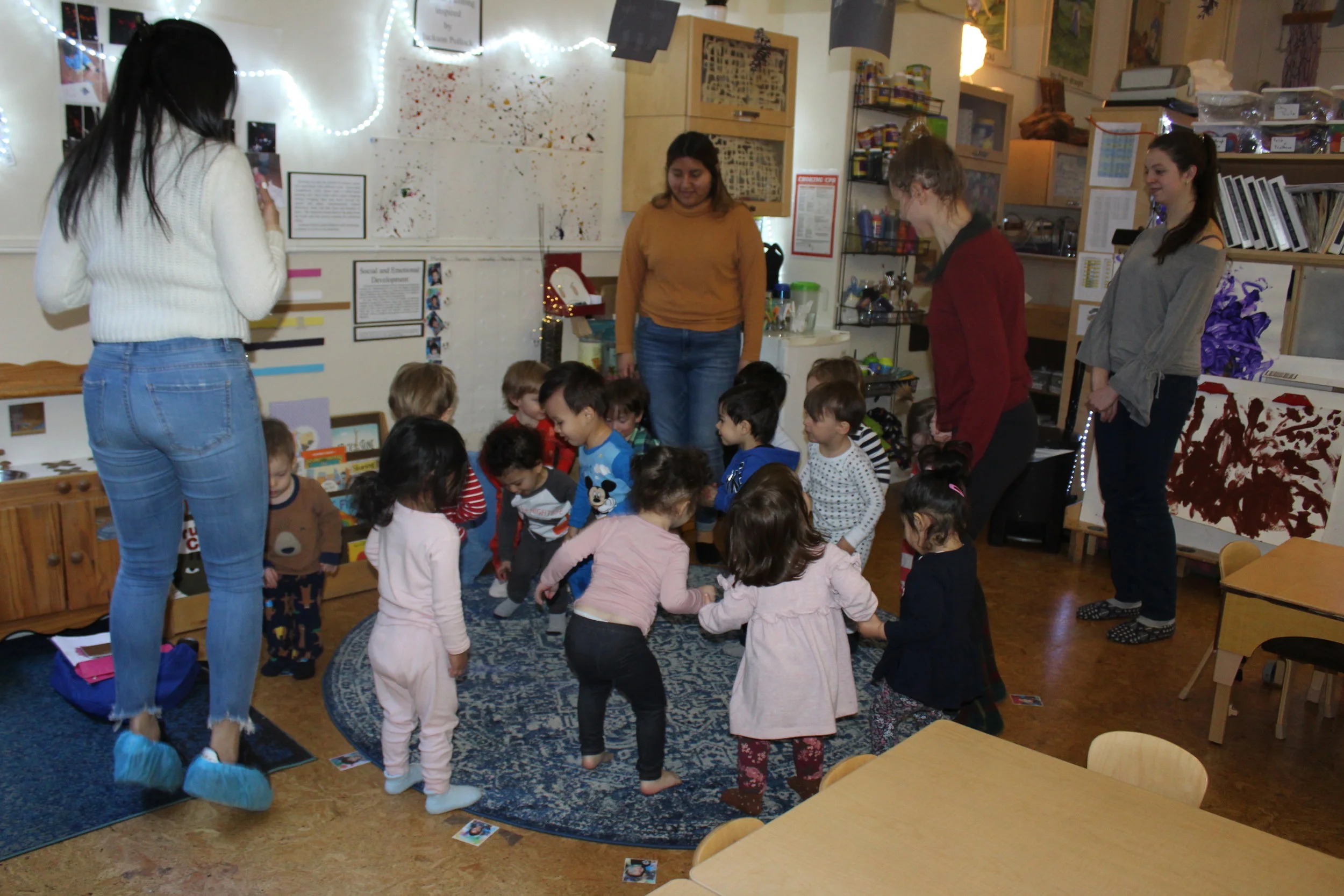
Cooking with Diane
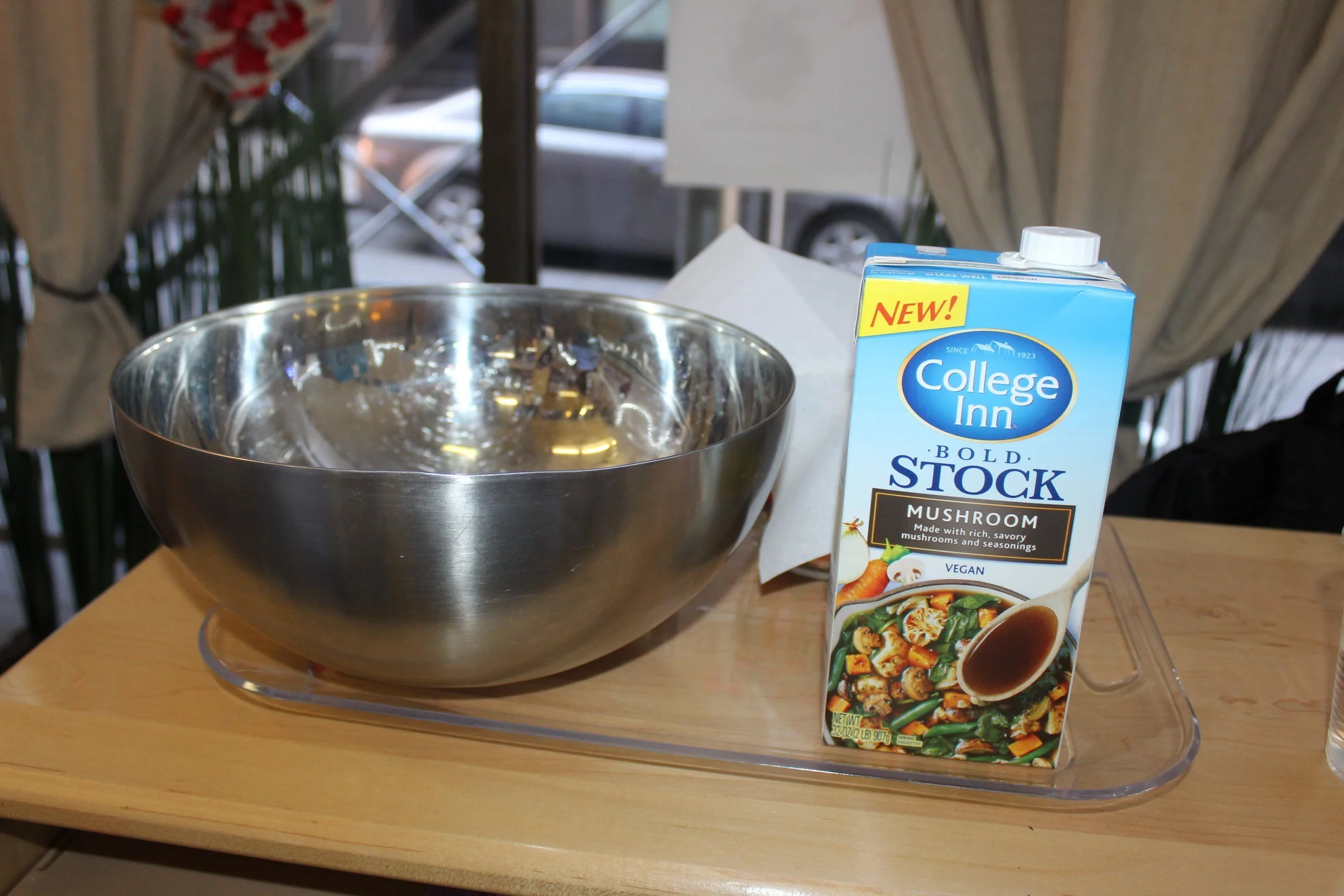
The children helped Diane make soup with broth frozen vegetables (peas and carrots.)
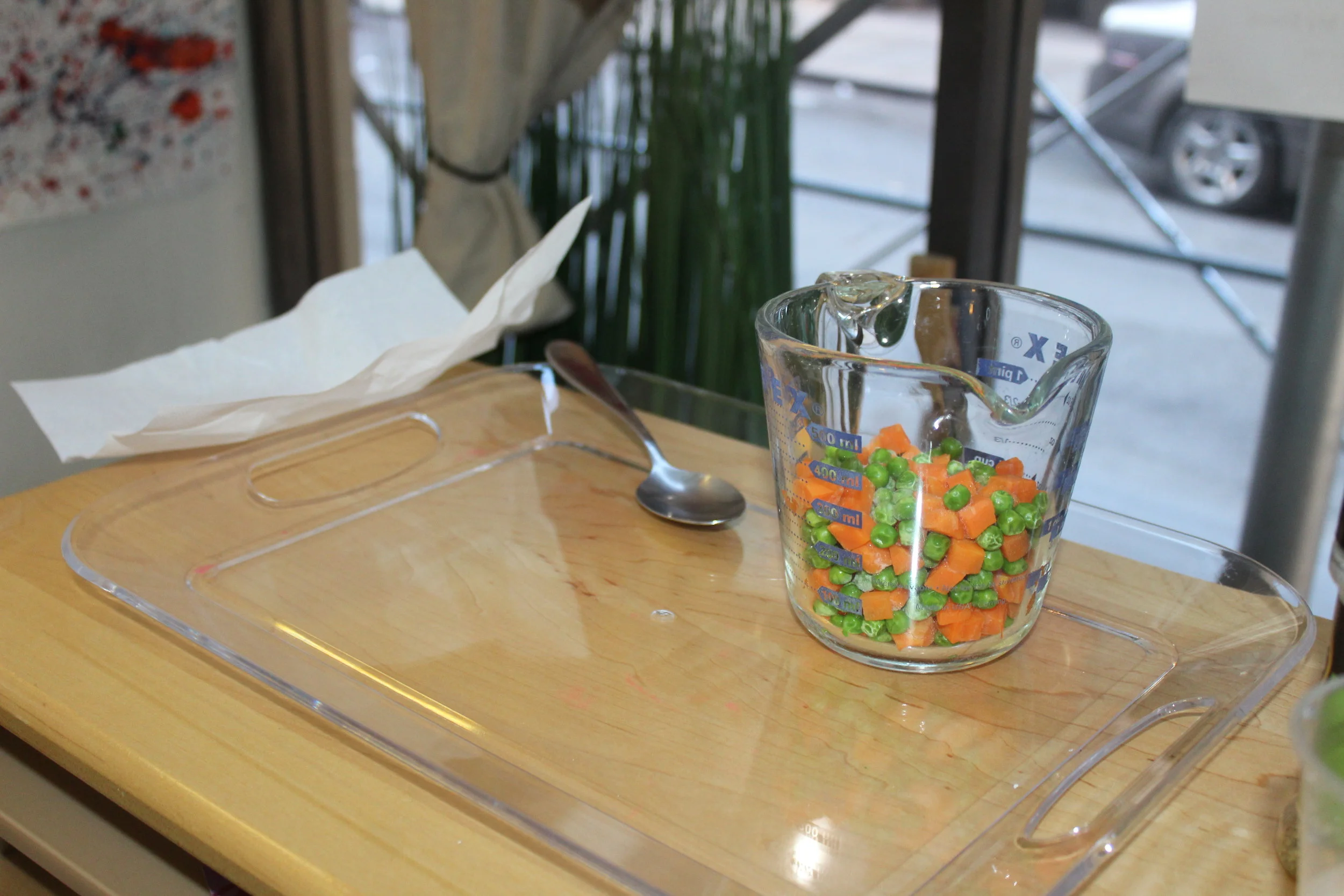
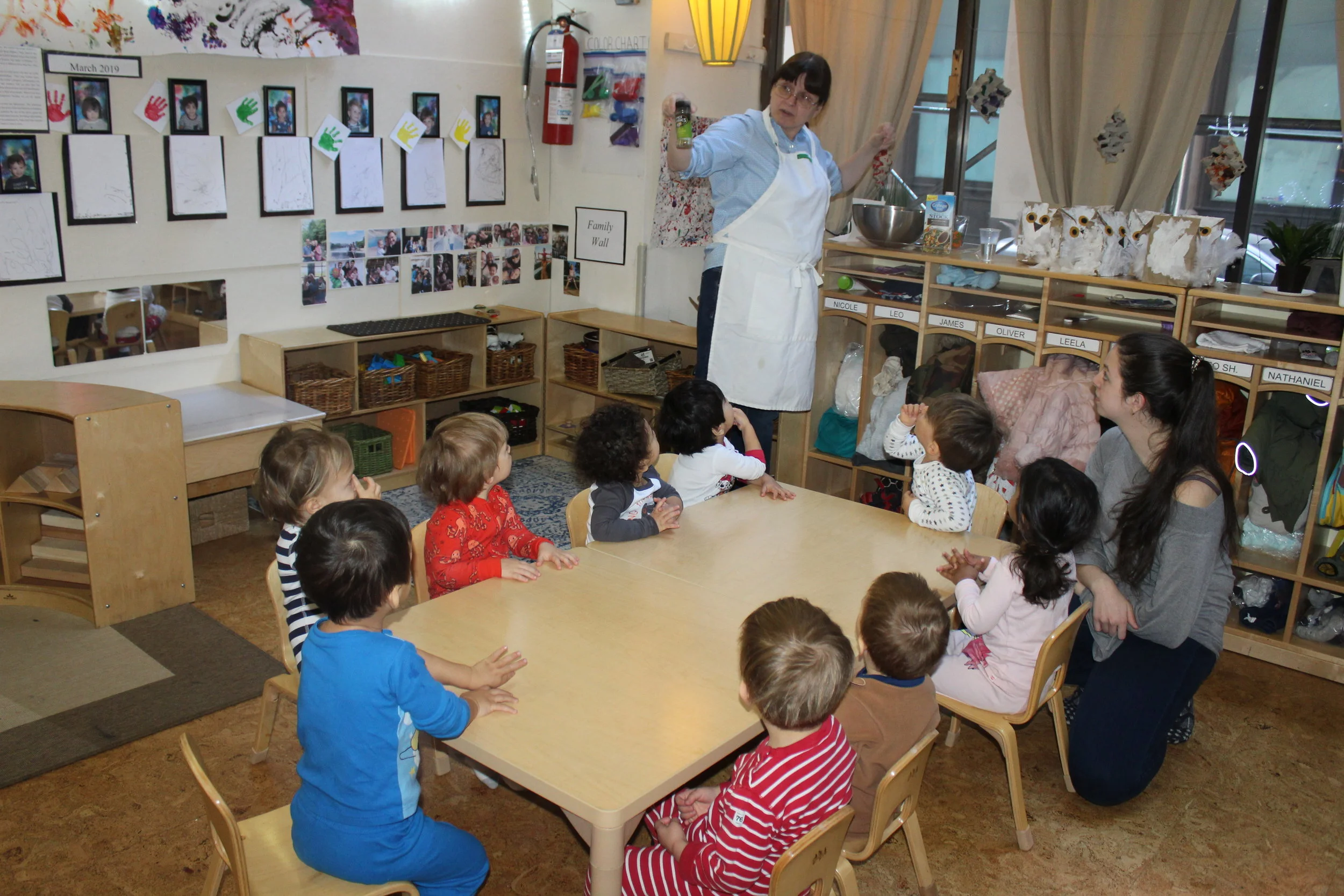
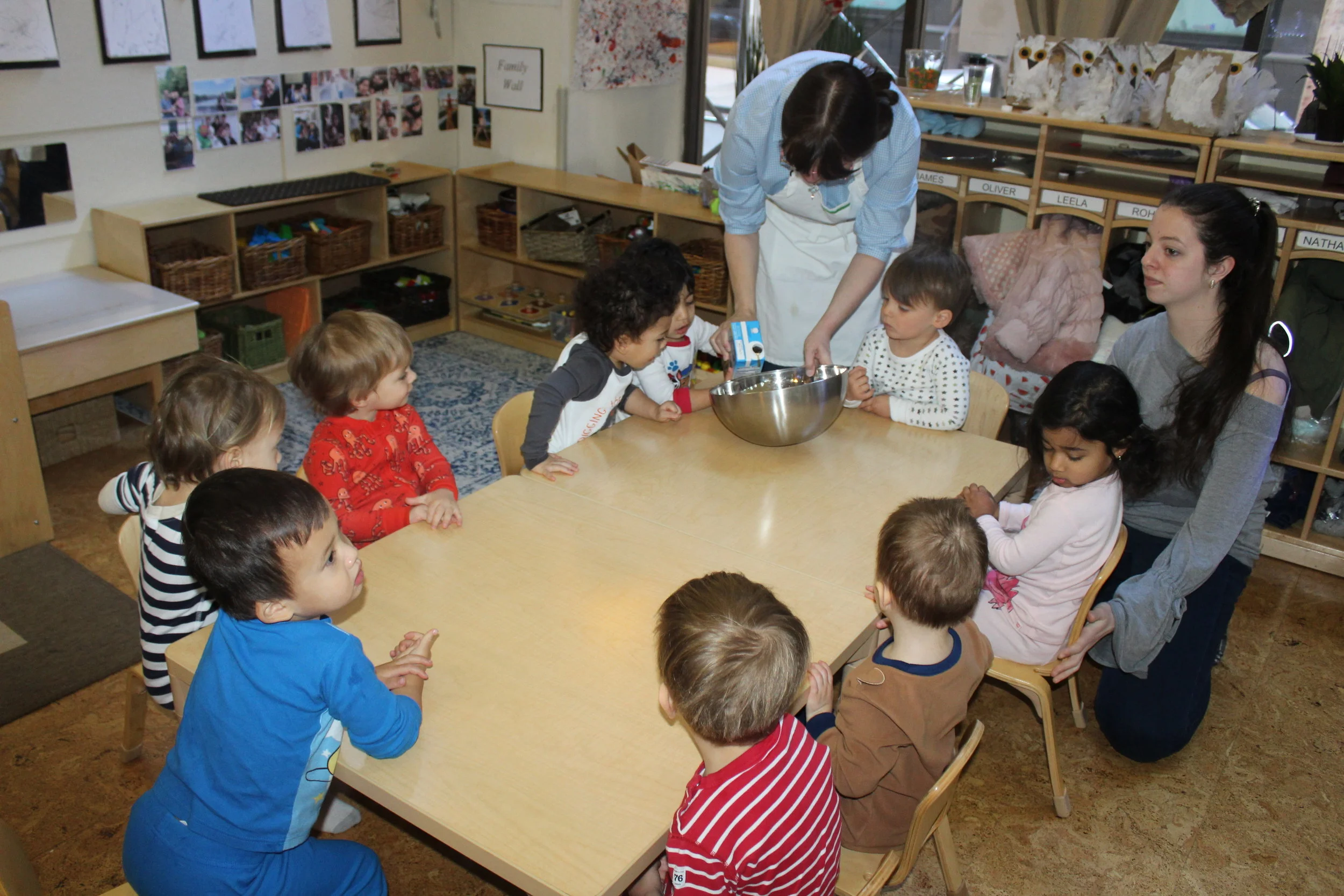
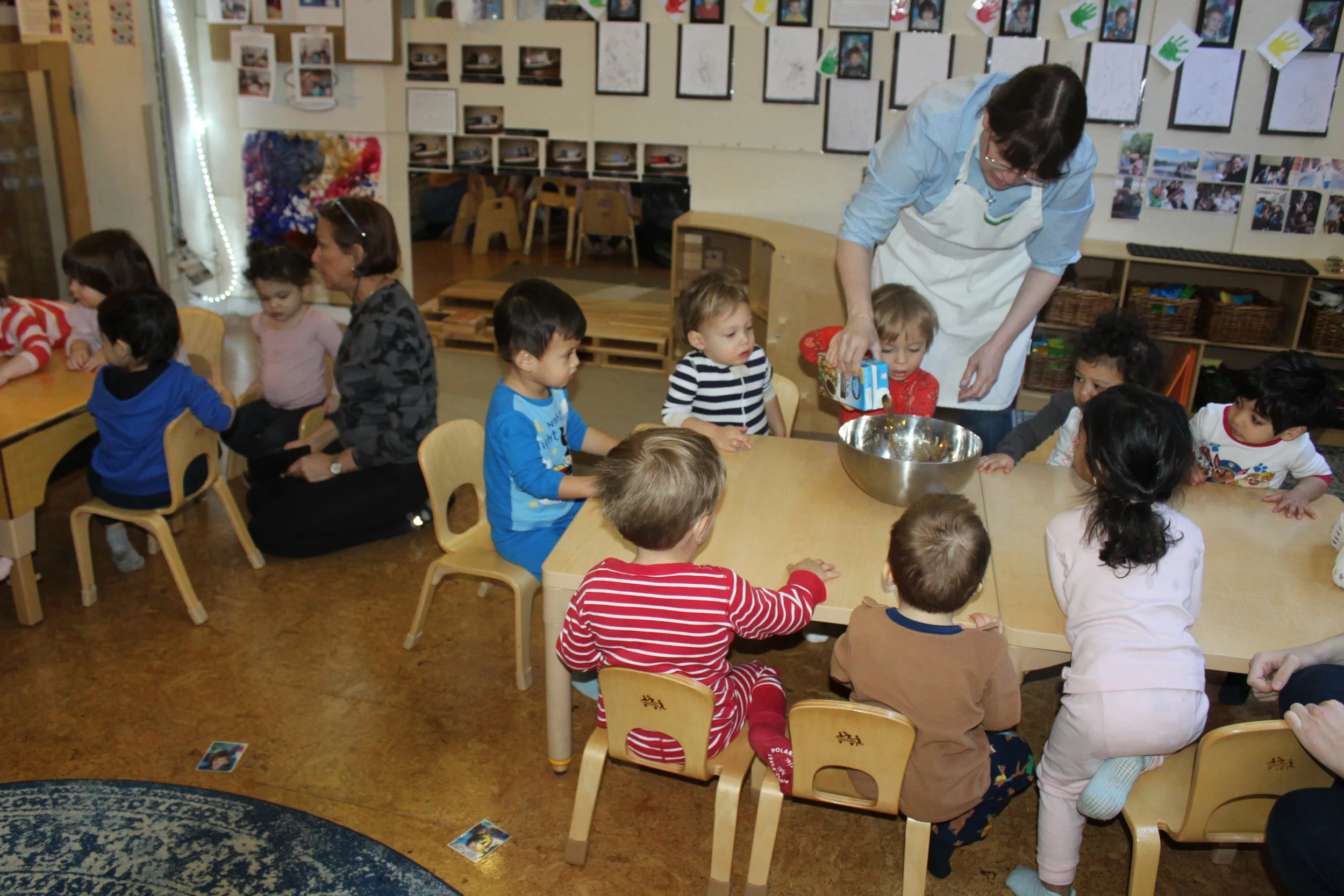
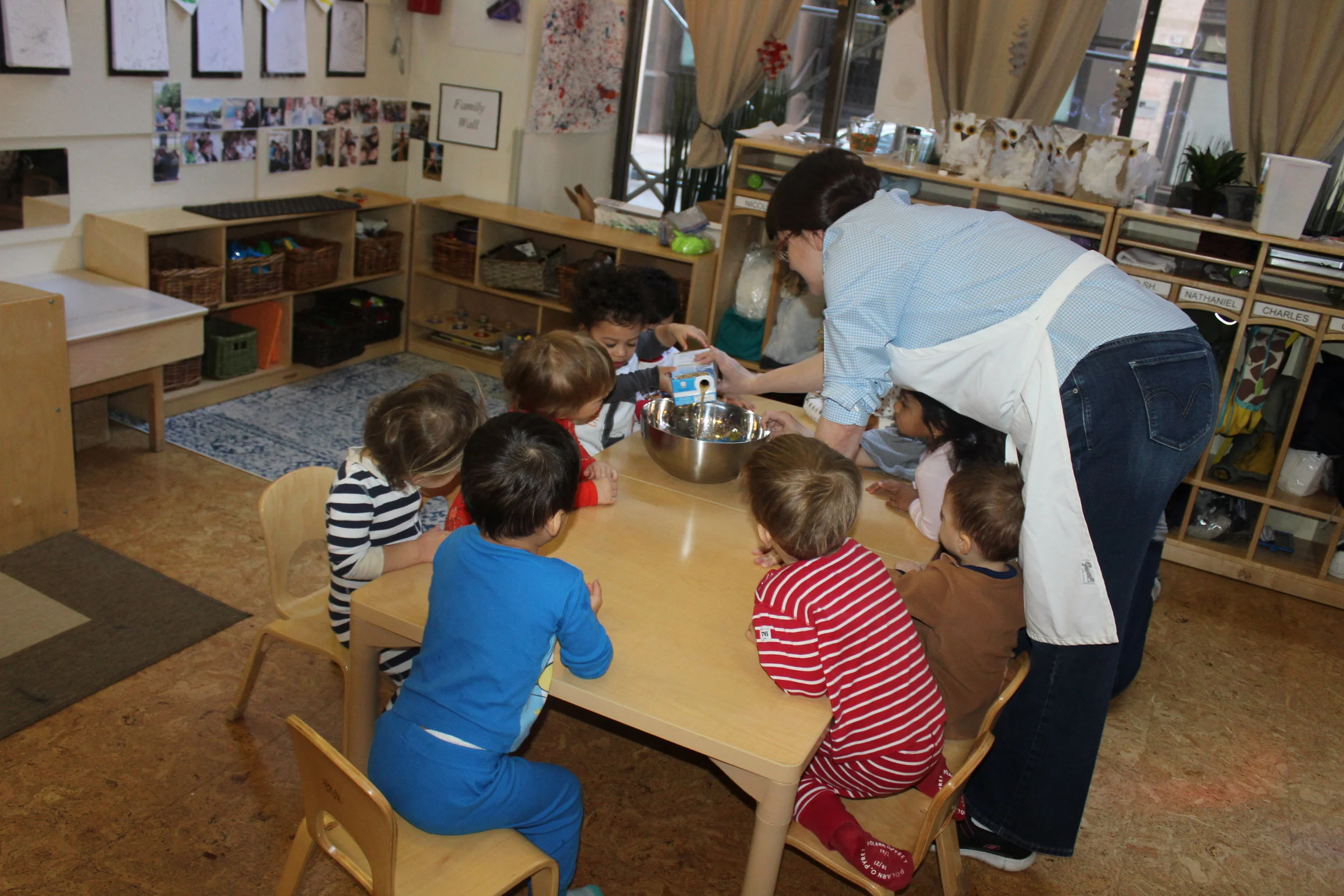
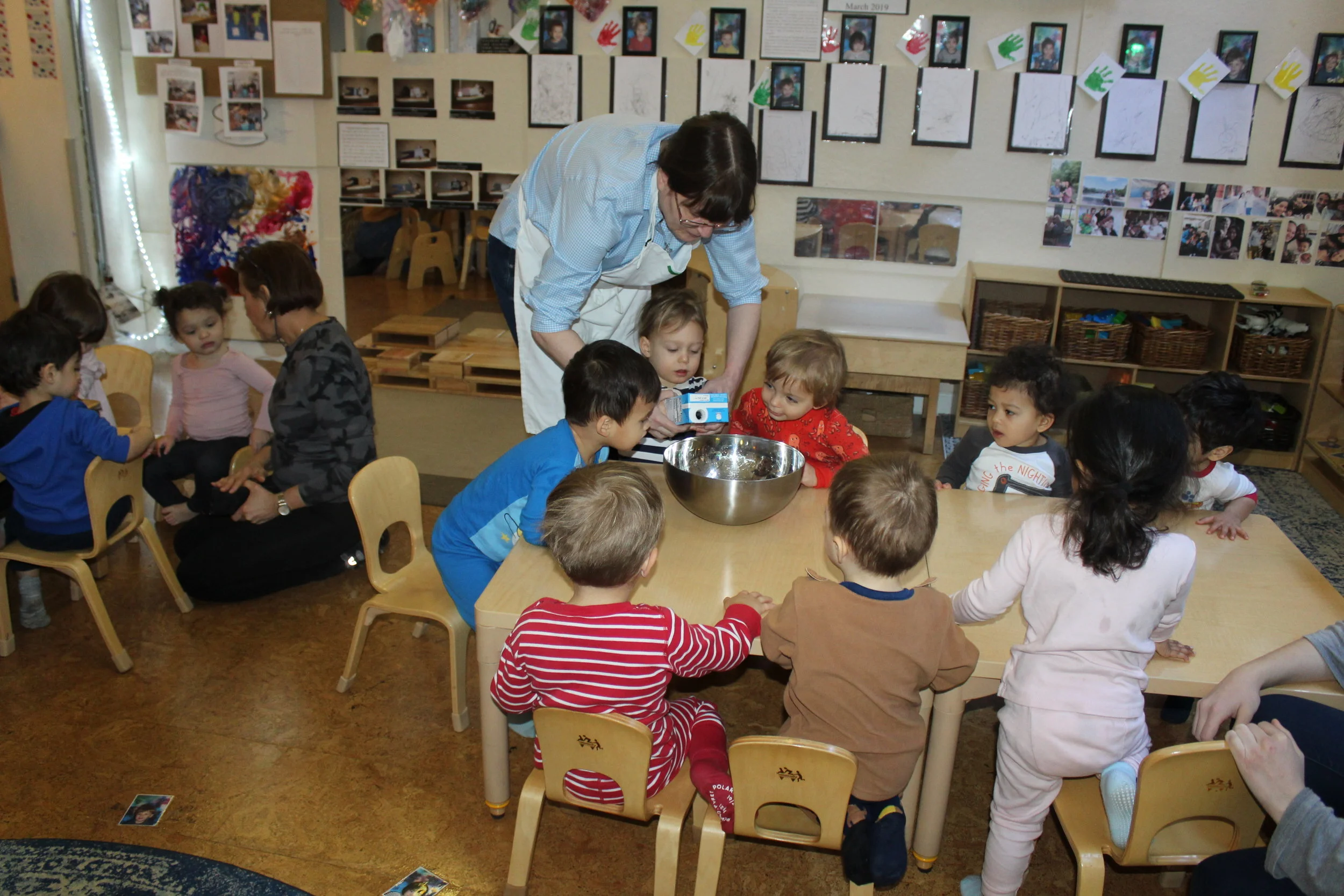
Soccer:
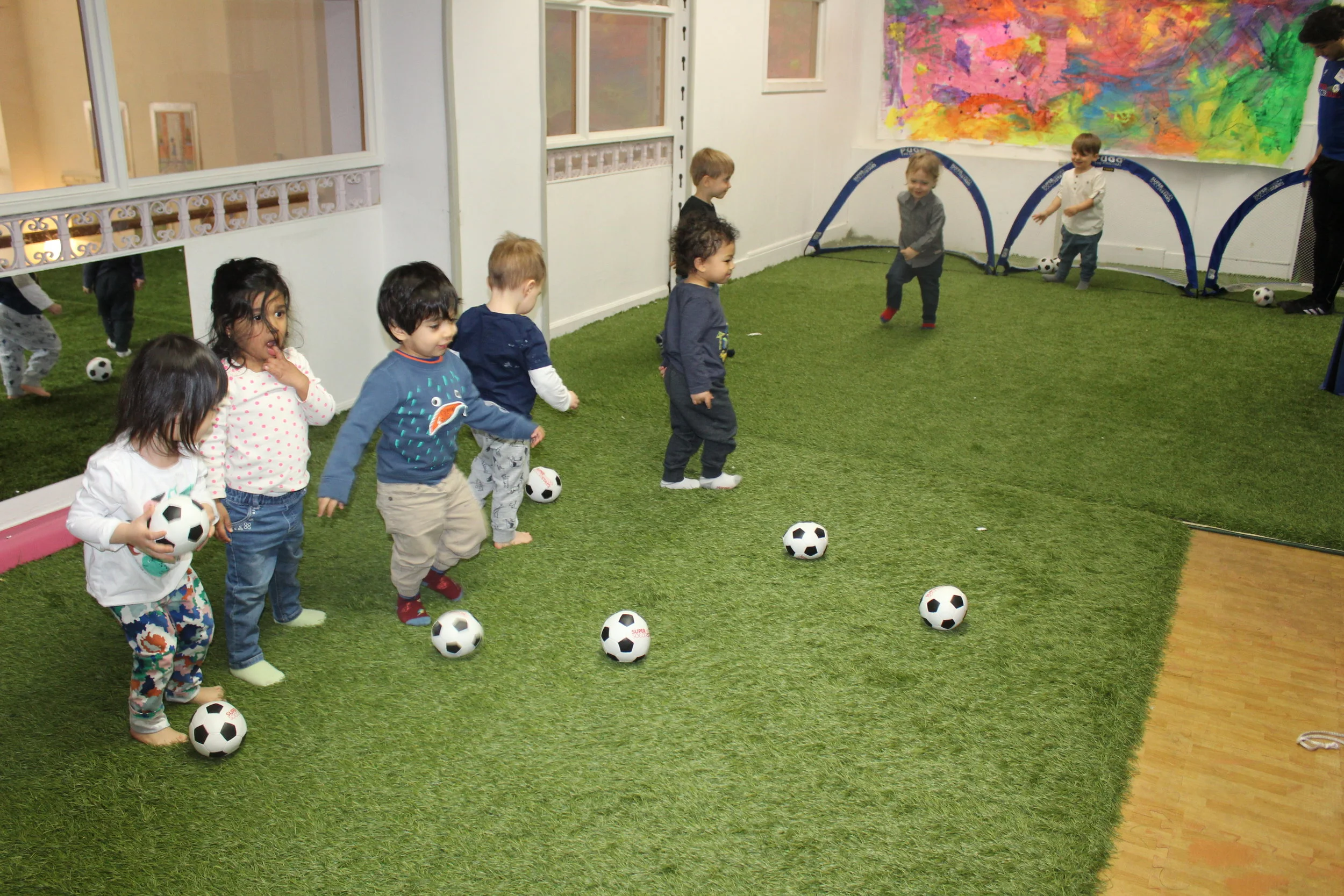
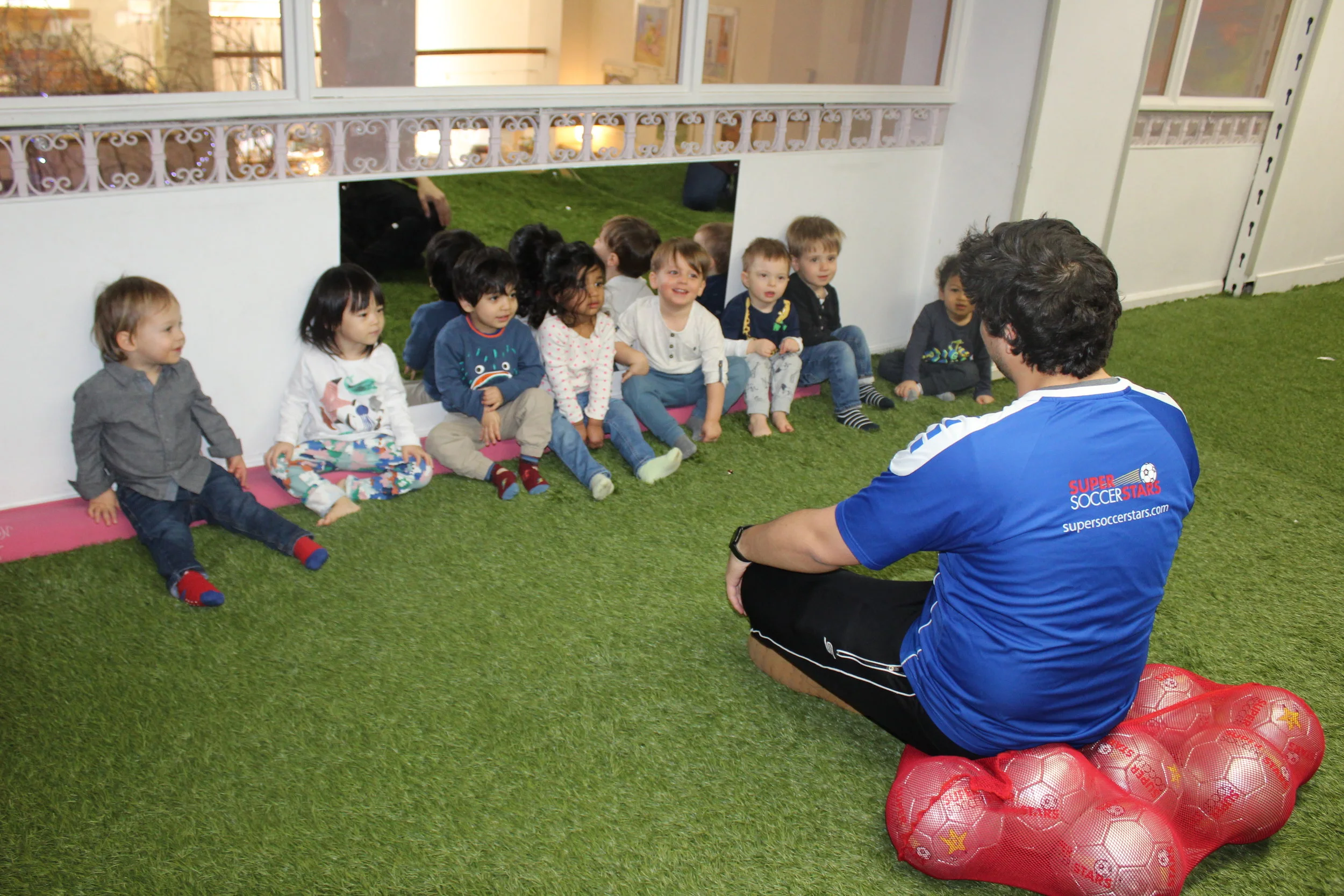
Music:
